 English
English English
English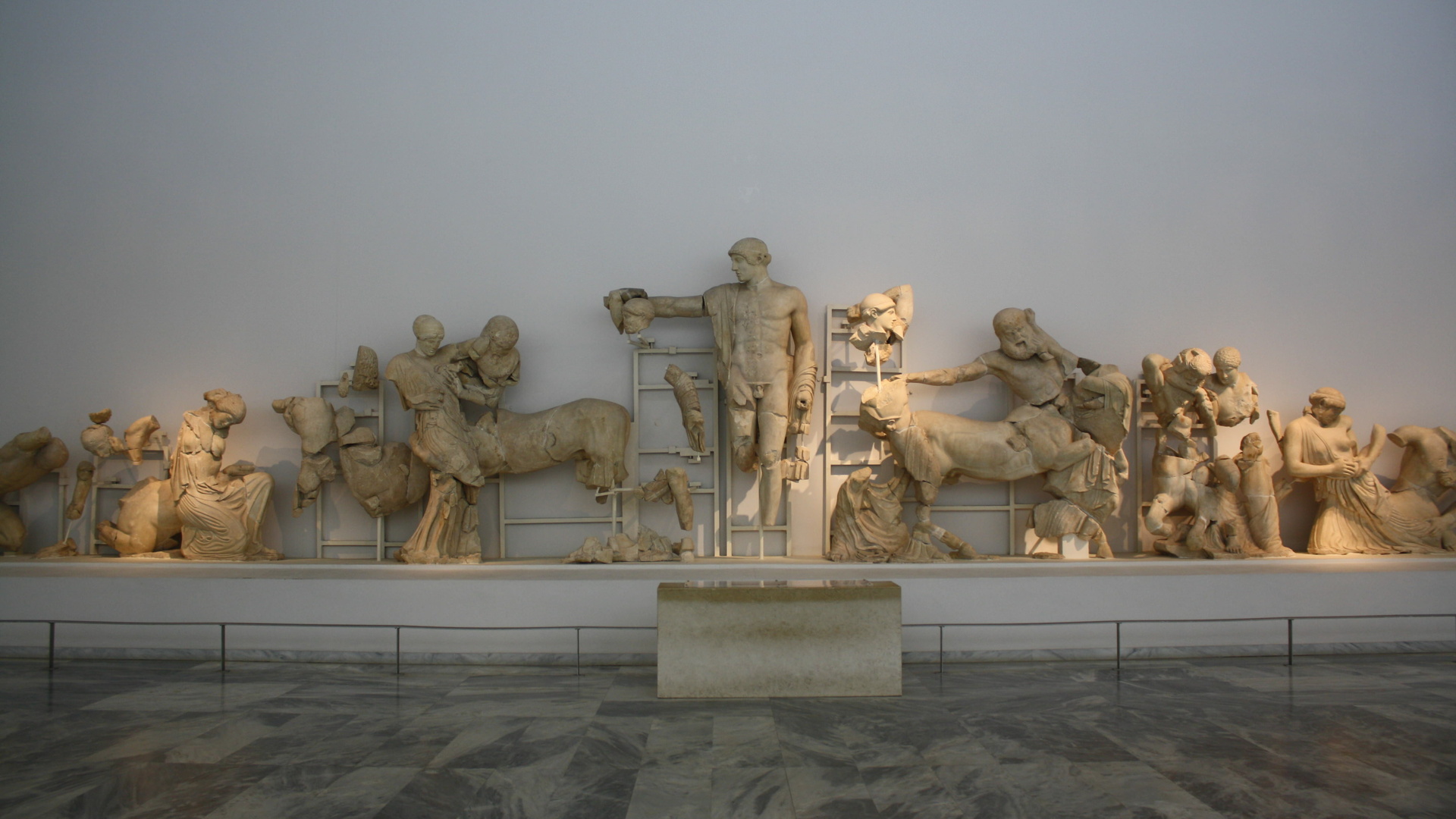
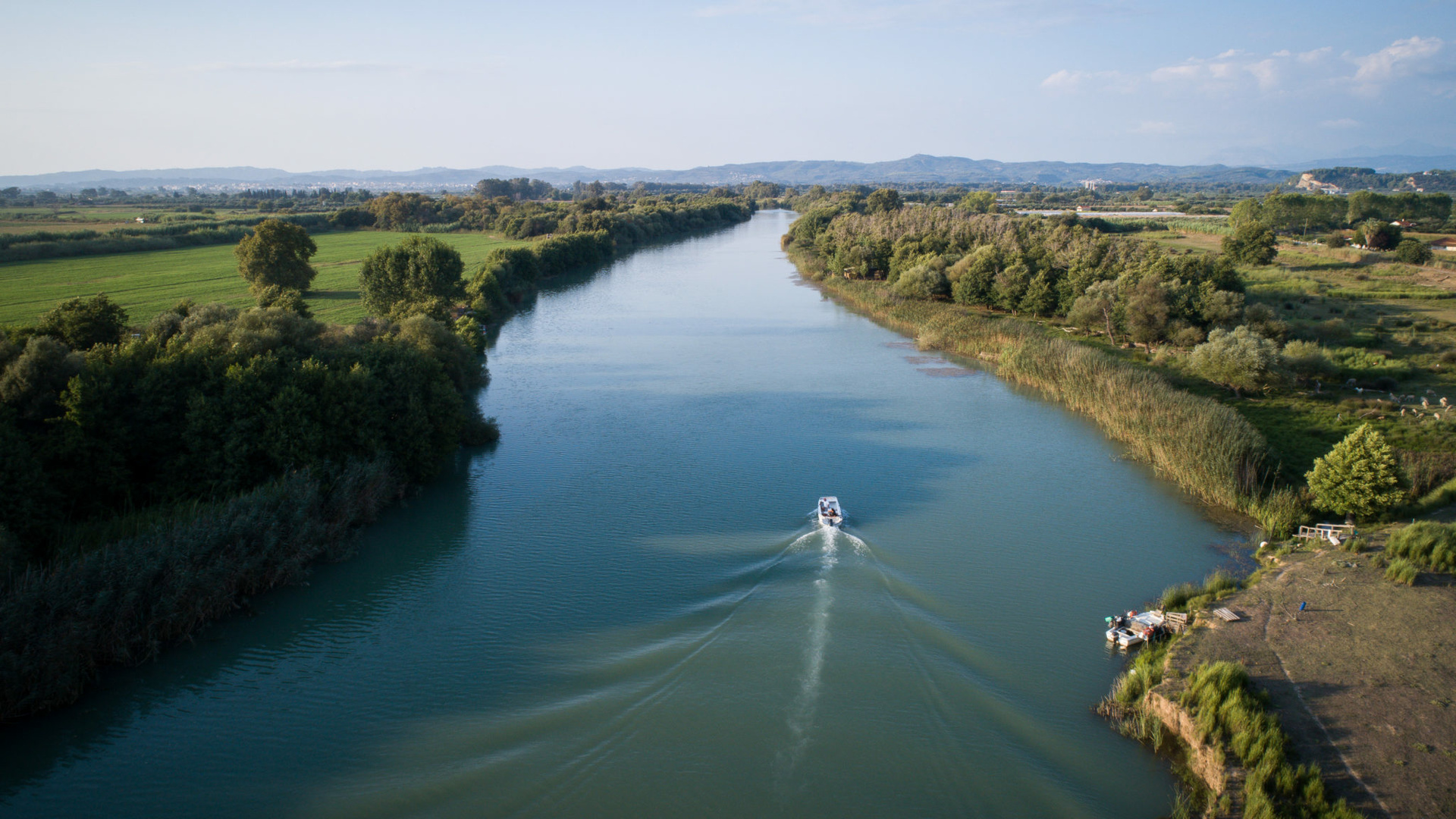
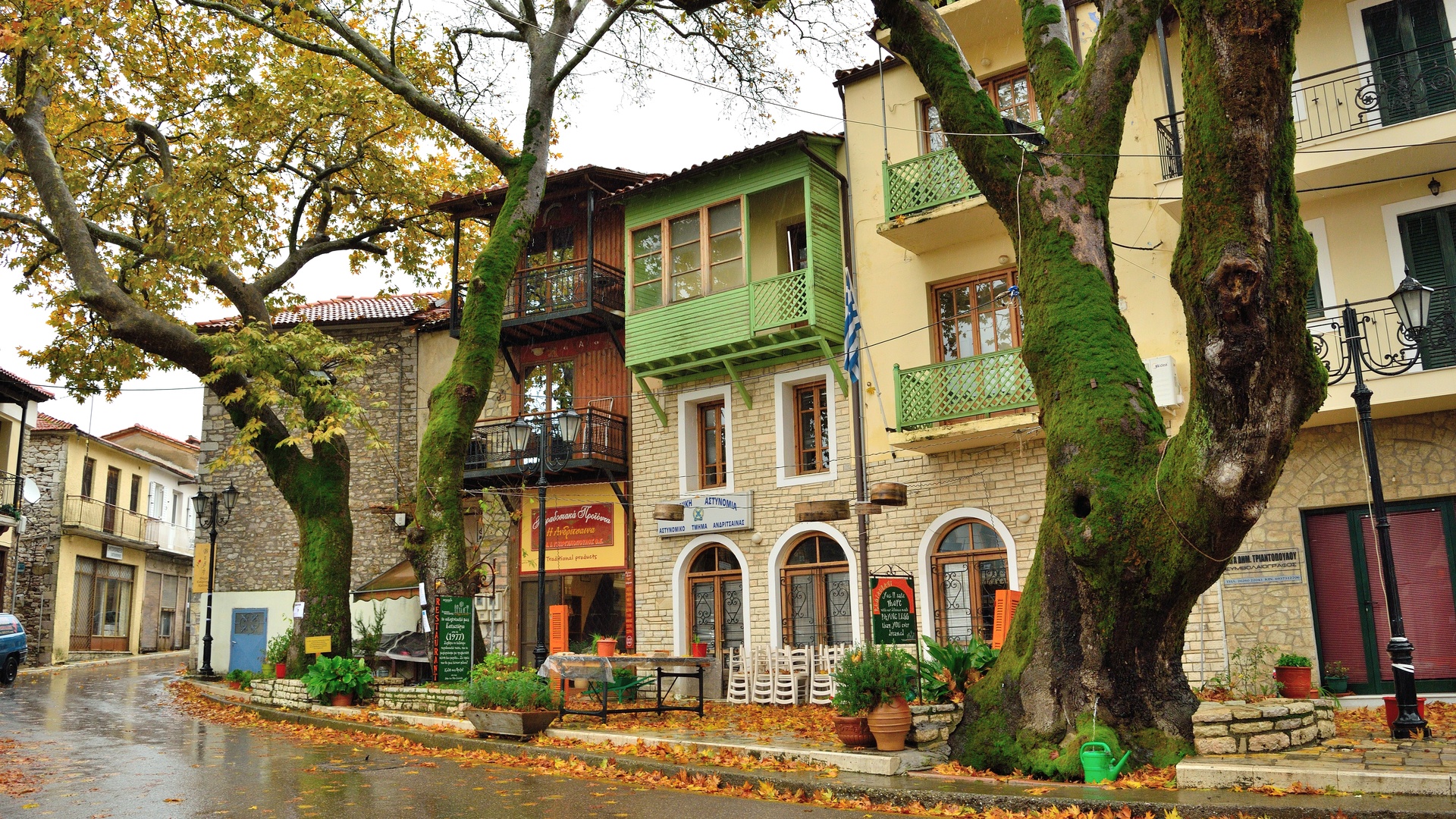
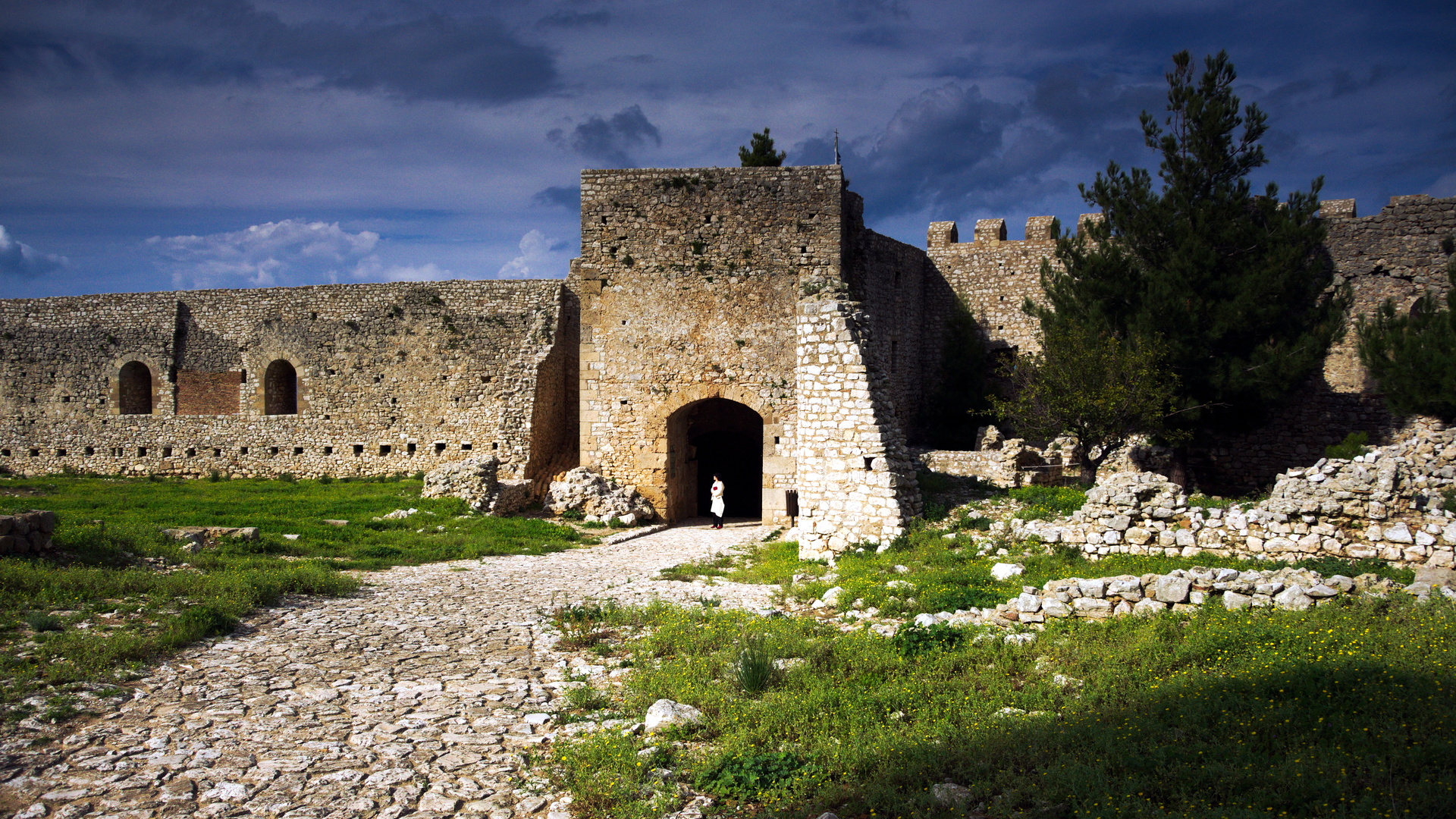
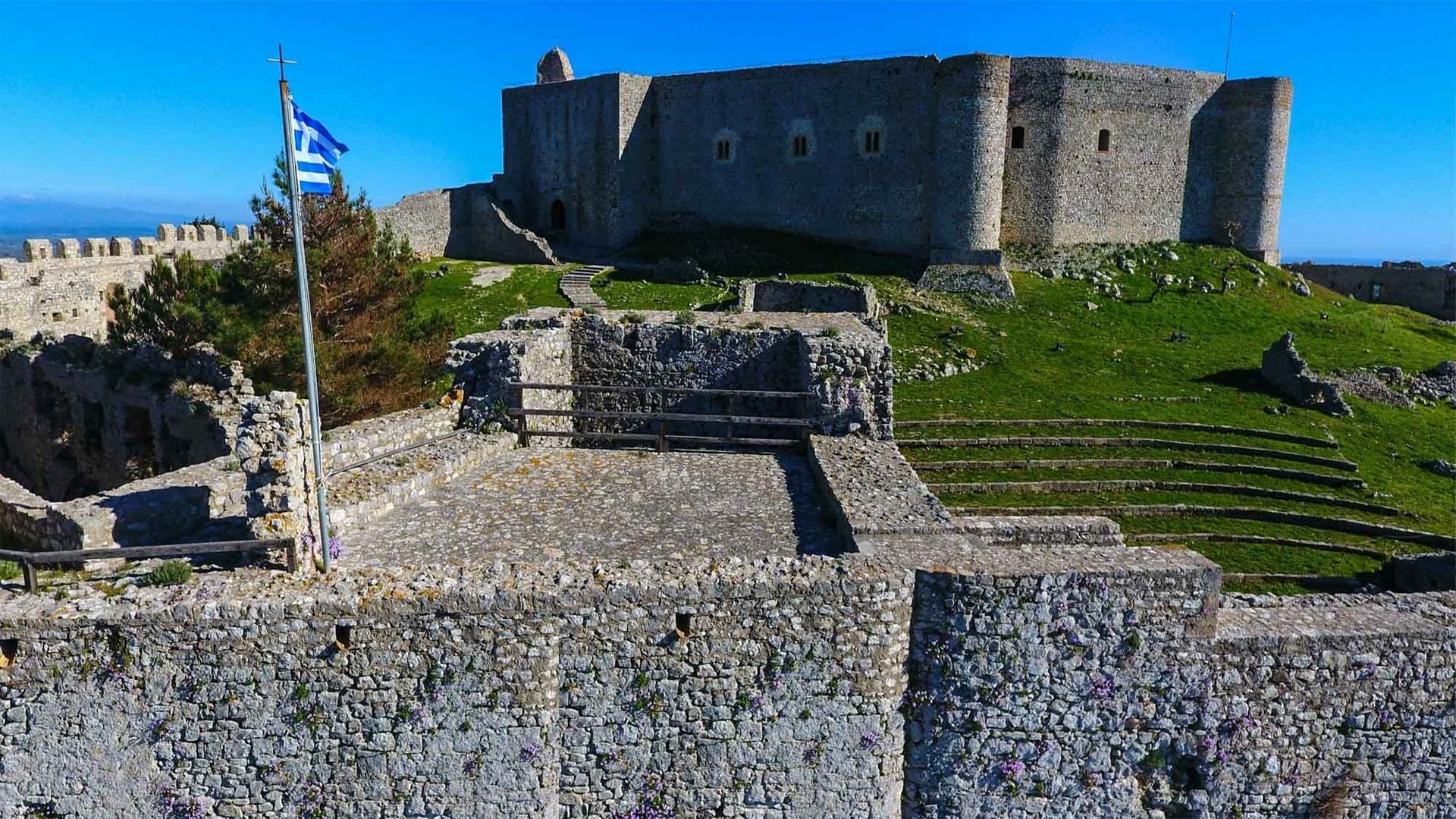
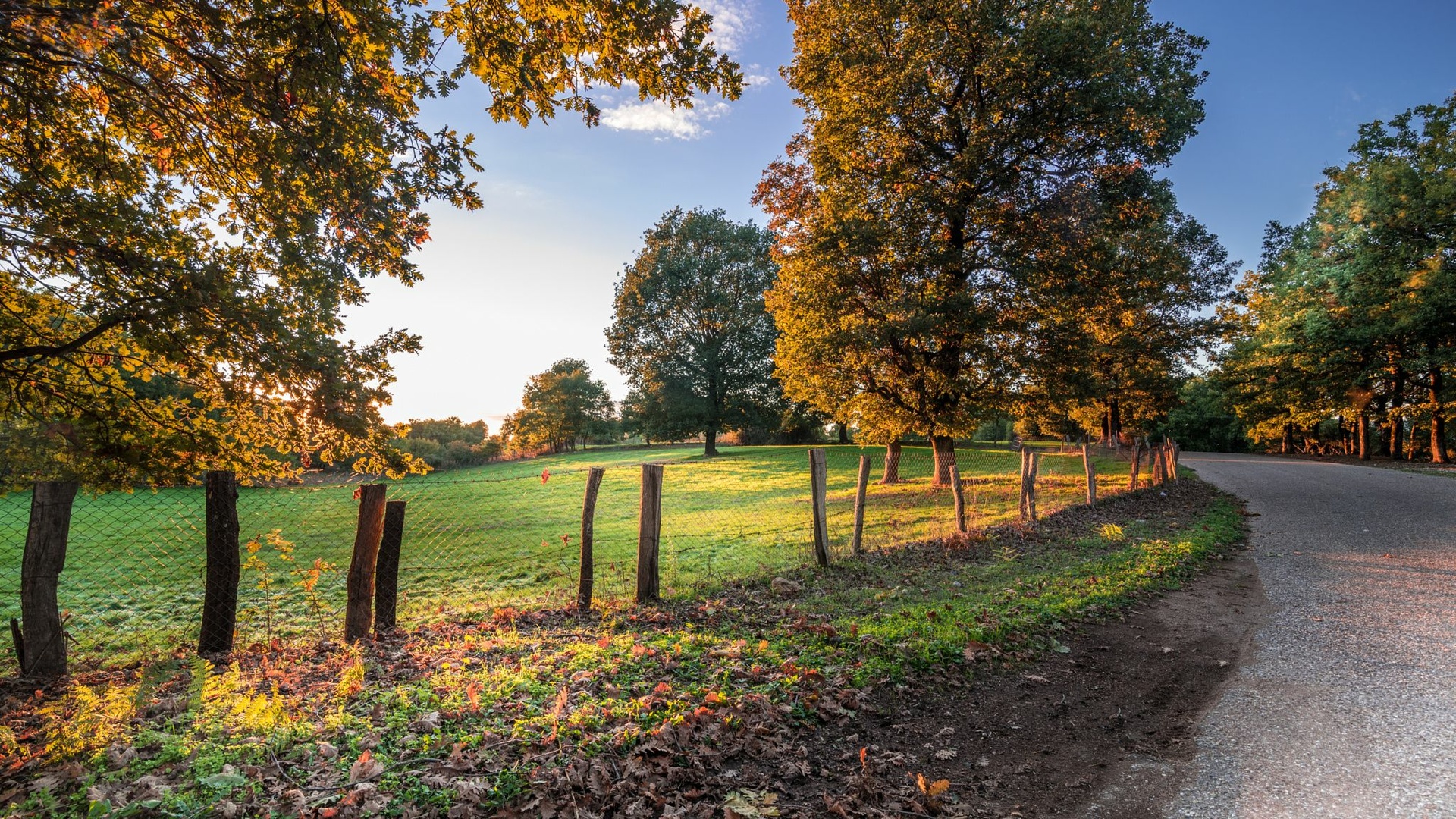
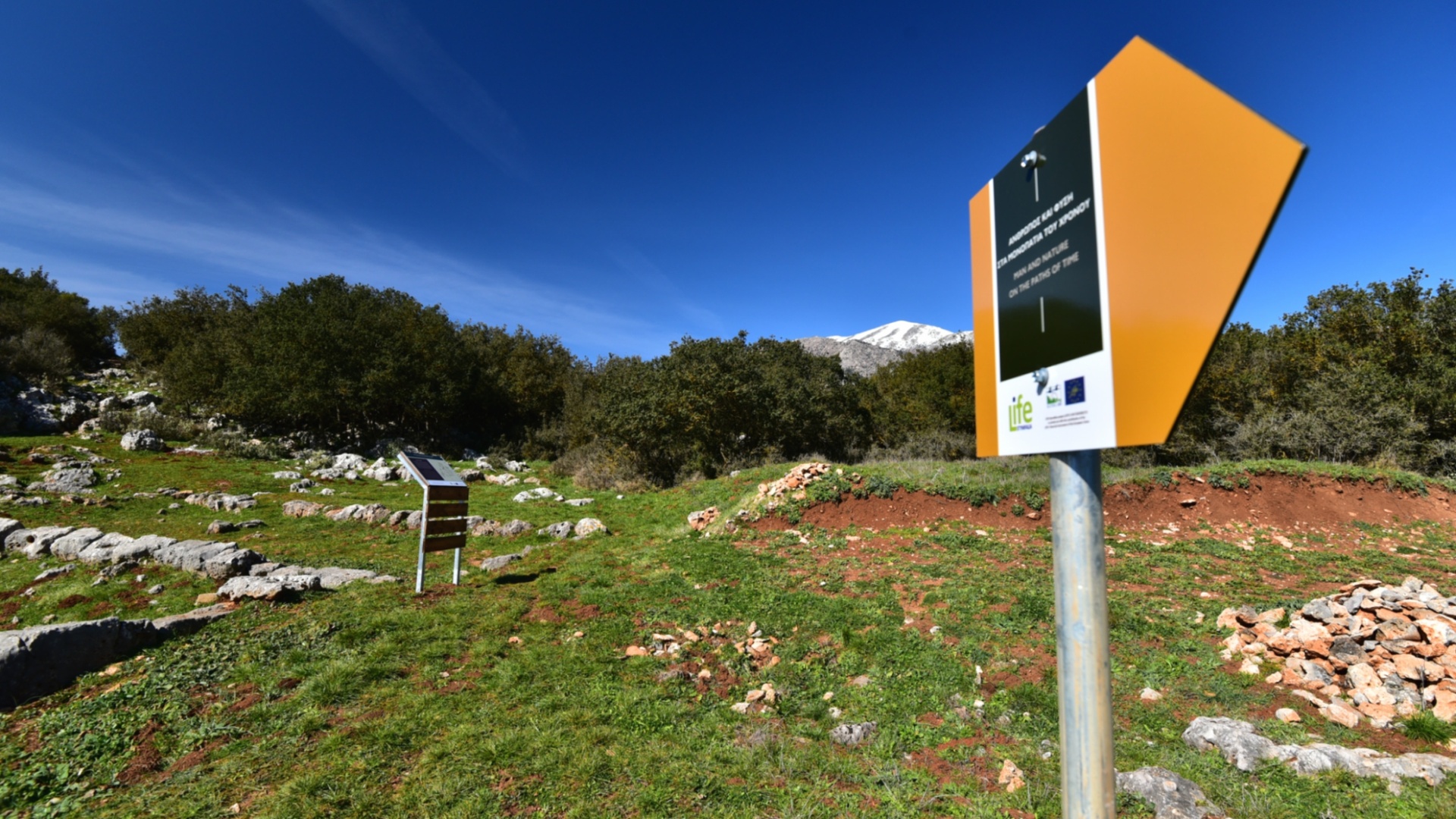
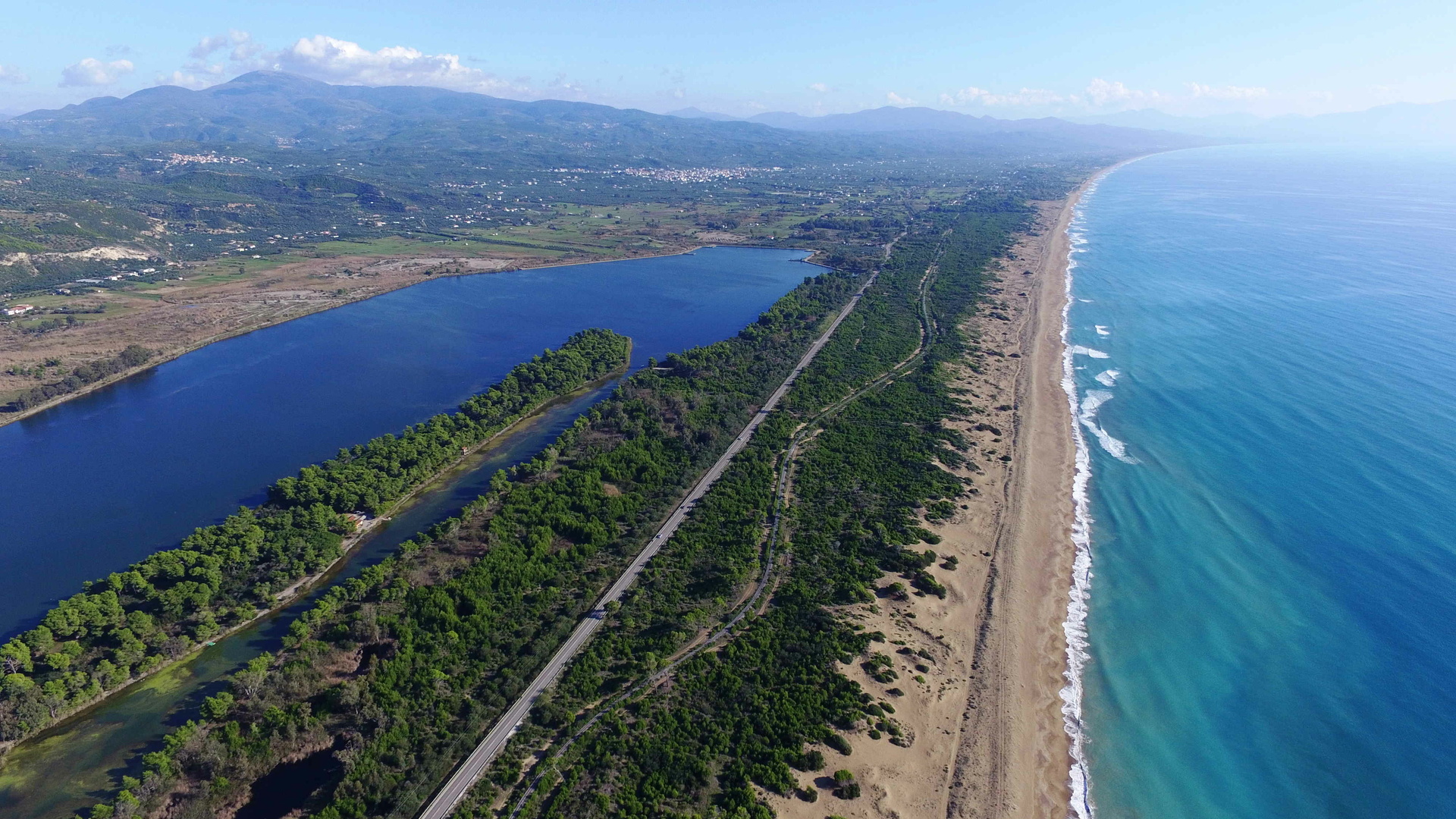
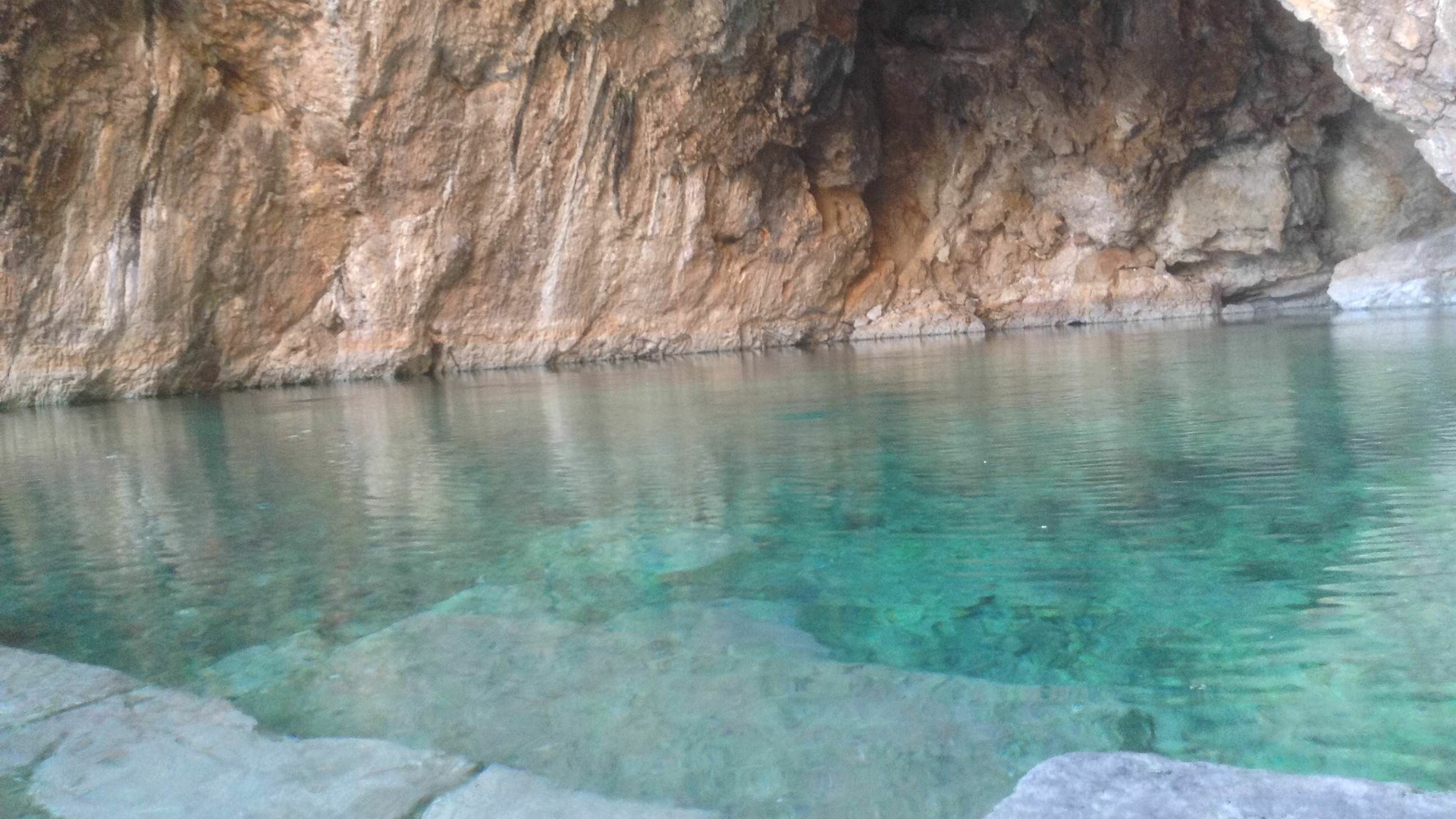
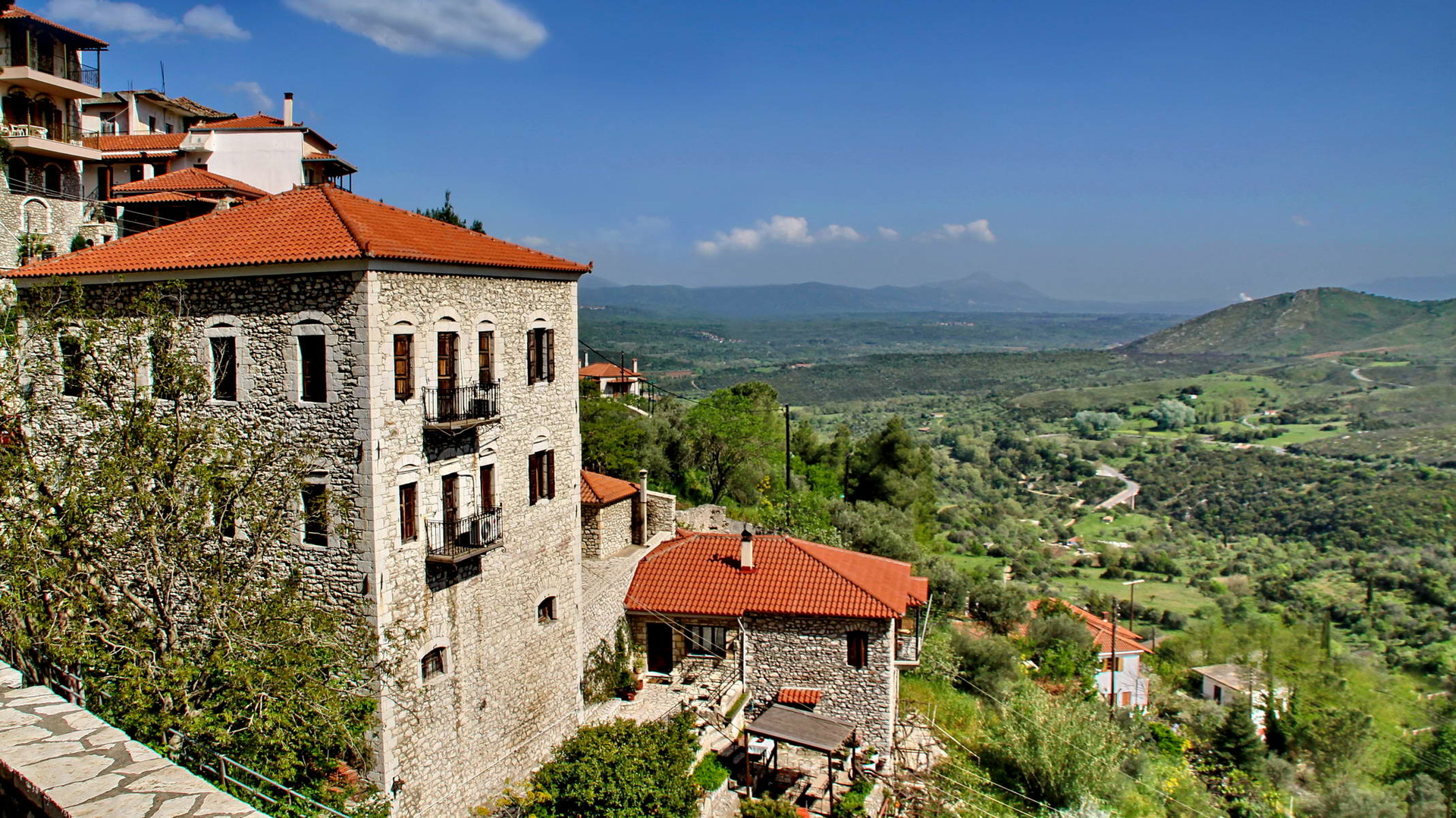
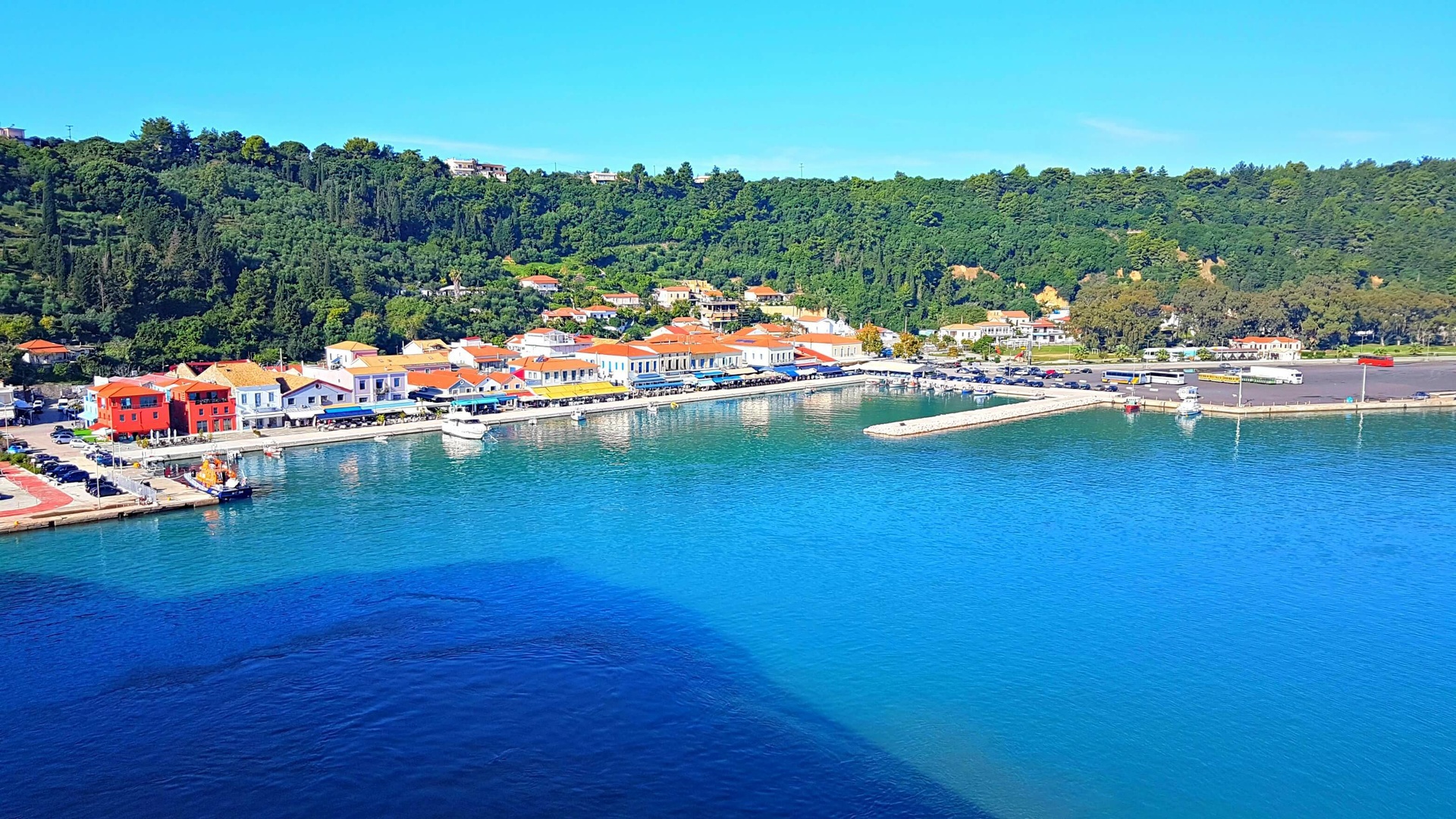
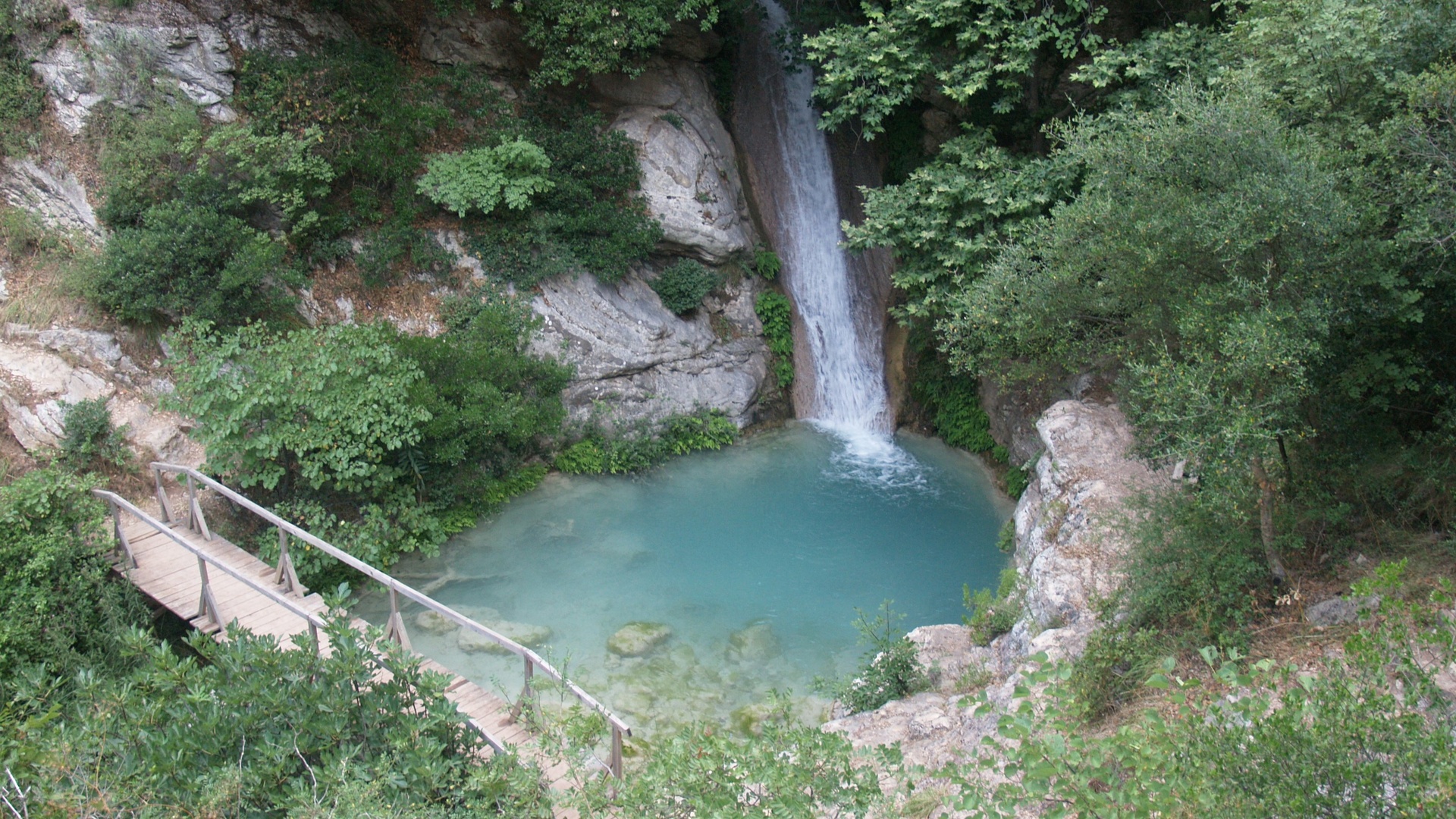
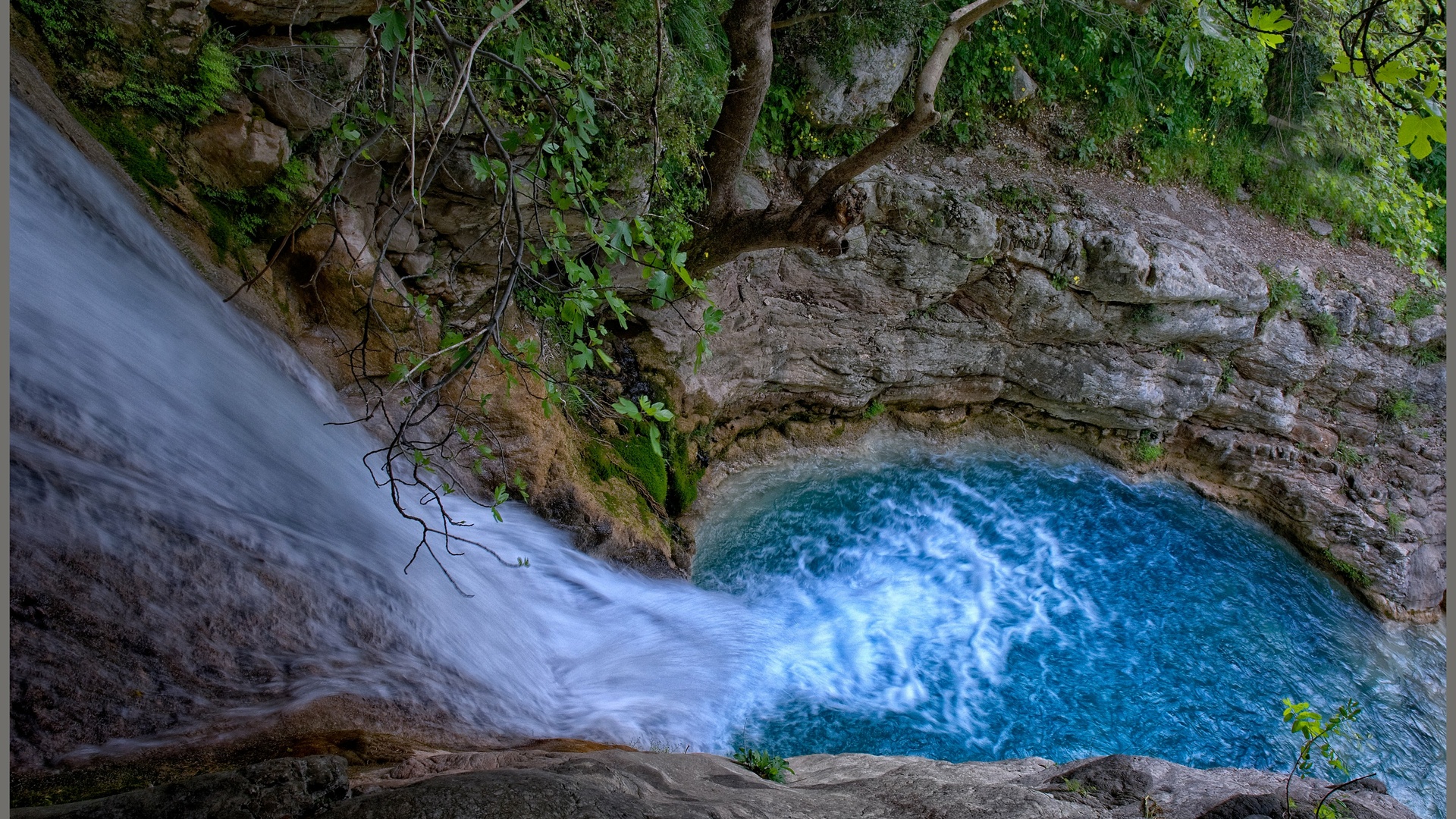
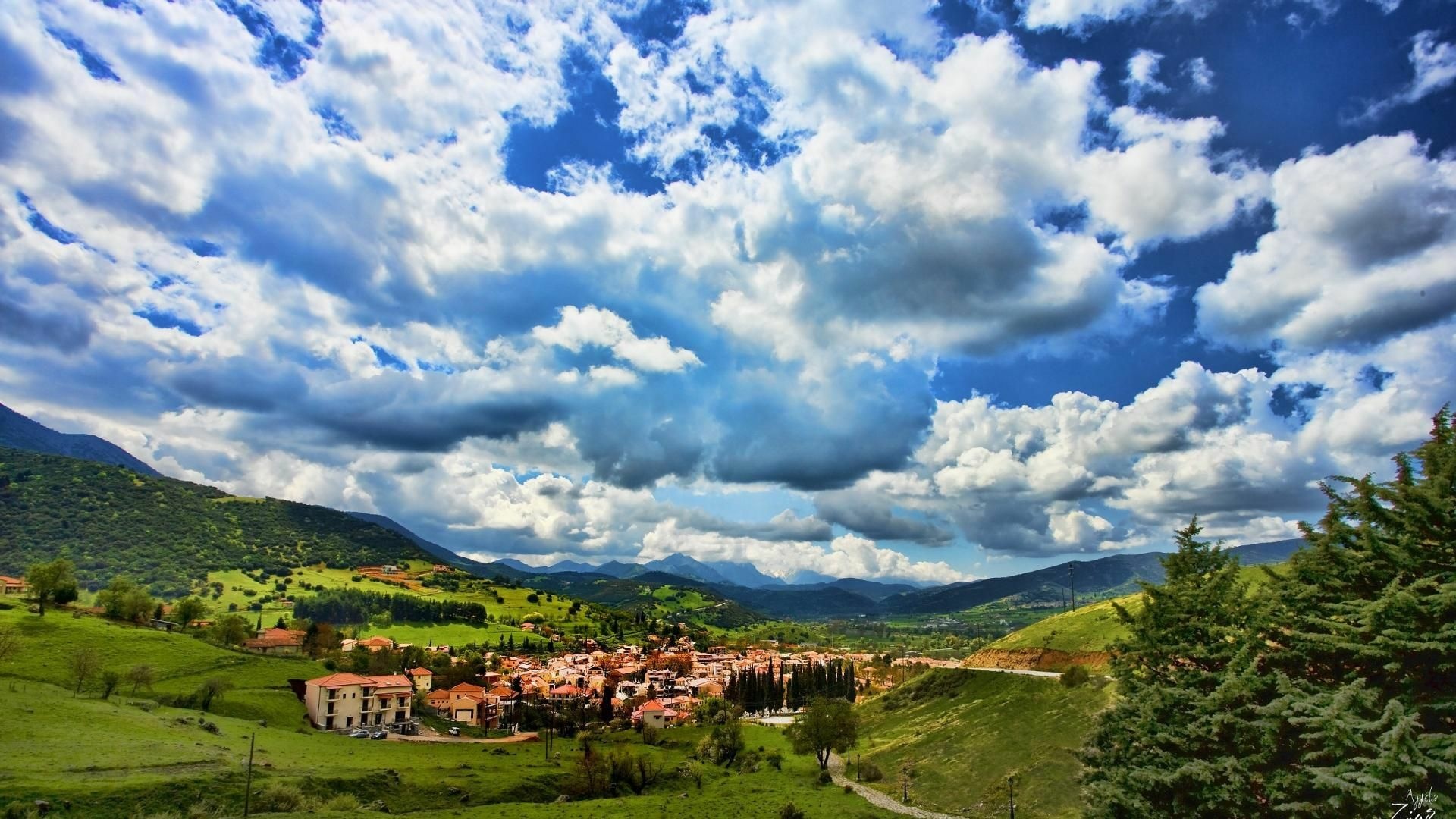
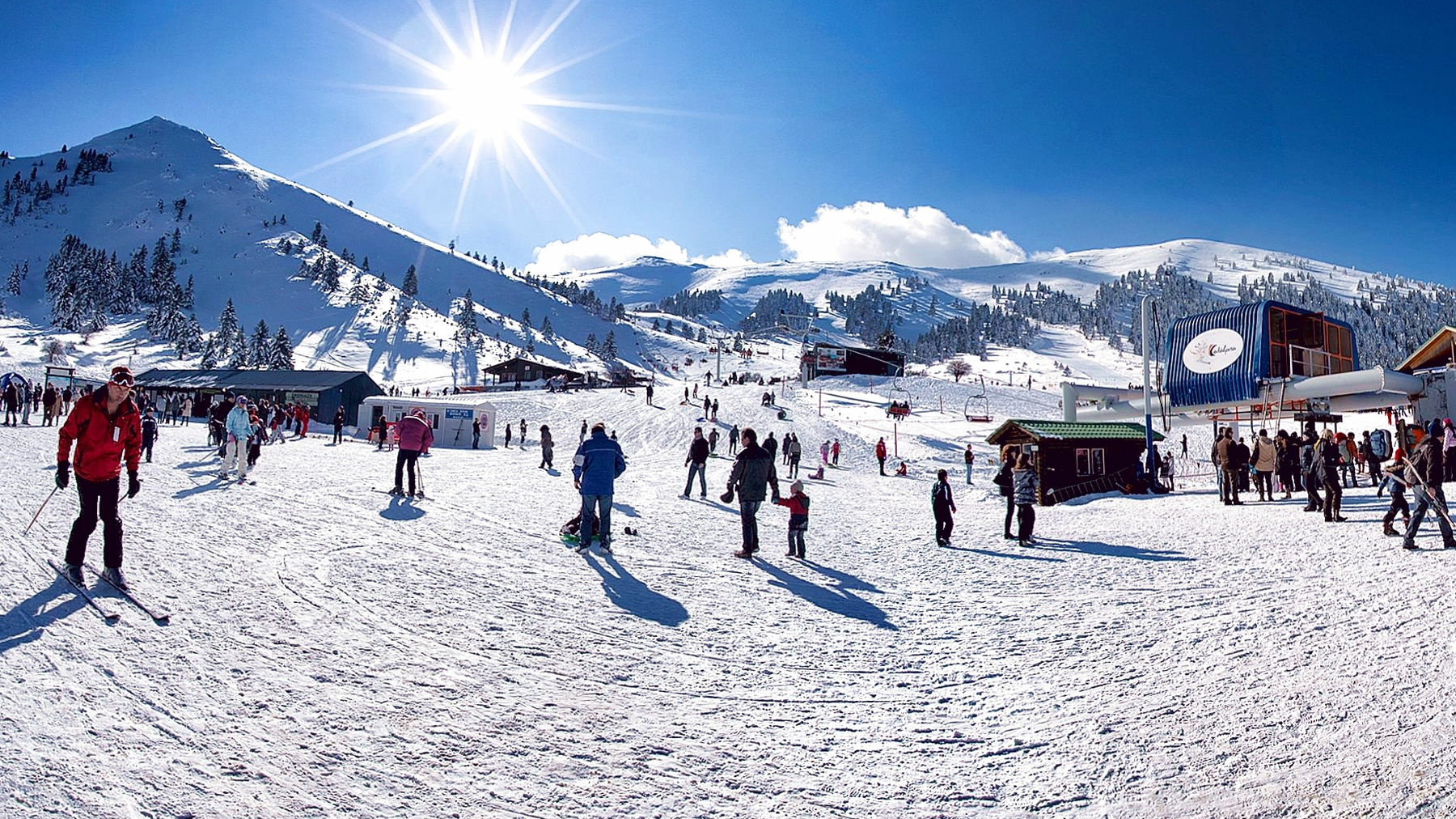
SIGHTSEEINGS
Archaeological sites
Ancient Olympia and the surrounding areas include a multitude of archaeological sites that you can visit from the Europa Hotel.
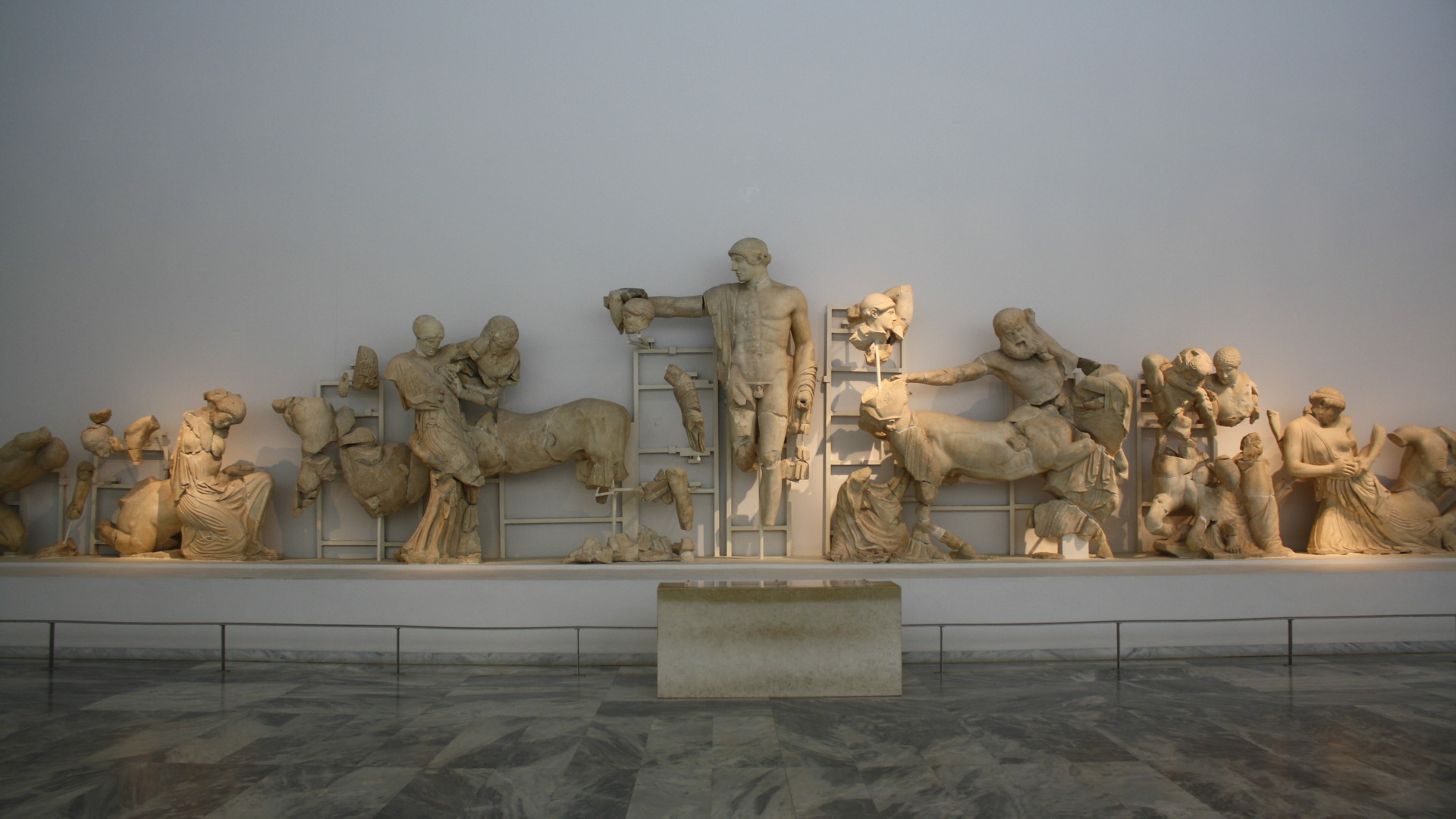
Ancient Olympia
In western Peloponnese, in the “Valley of Gods”, lies the most celebrated sanctuary of ancient Greece and the birthplace of the Olympic Games, the most significant athletic event of all times. Olympia is one of the most well known destinations in Greece and one of the most powerful brand names worldwide. Visit the archaeological site of Olympia, which includes two museums and the buildings of the sacred Altis: the ancient Gymnasium, the Palaestra, the Vouleuterion, the Temples of Hera and Zeus. East of the Altis lies the stadium of Olympia, where the Olympic Games were held in a spirit of noble emulation. During the games a sacred truce was established between the participating city-states. The prize for the winners was an olive wreath also known as kotinos. Visitors can walk through the impressive ruins, where ancient Olympians used to honor their gods or train for athletic events. They can also visit the museum and get the chance to see some of the most renowned exhibits, such as Hermes of Praxiteles, Nike of Paeonius as well as the sculpted decoration of the Temple of Zeus. The west pediment of the Temple of Zeus depicts a battle between the Lapith Greeks and the Centaurs.
Altis, the sacred grove with its olive trees, pine trees, planes, poplars and oaks was first formed during the tenth and ninth centuries BC, when the cult of Zeus was probably established and Olympia was subsequently devoted exclusively to worship.
In 775 BC, Iphitos, king of Elis, Kleosthenes of Pisa and Lykourgos of Sparta reorganized the Olympic Games in honor of Zeus and instituted the sacred truce. Soon the quadrennial event acquired a Panhellenic character. Only free male Greek citizens were allowed to participate in the festival. Greeks from the Caspian Sea, the Pillars of Hercules or even Africa converged on Olympia either to attend the athletic event or to compete. Among them were philosophers, heroes and renowned men of antiquity. According to the Olympic Truce, wars were suspended during the Games. The truce was respected by all city-states for many centuries. Moreover, the Statue of Iphitos crowned by a woman, Ekecheiria, in the Temple of Zeus is a symbol of the Sacred Truce and the cessation of hostilities. The Games lasted five days and included foot race, equestrian events, discus throw, javelin throw, long jump, boxing, wrestling as well as the pentathlon. The prize for the winner was an olive wreath also known as kotinos. Furthermore, champions were honored as heroes, poets and musicians sang paeans of praise for them and sculptors made their statues, which were erected in a prominent location.
During the Archaic Period monumental buildings, such as the Temple of Hera, the Prytaneion, the Vouleuterion, were constructed. The sanctuary continued to flourish during the Classical Period, when the glorious Temple of Zeus (470-456 BC) as well as baths, treasuries and the Stoas were erected and the stadium moved outside the sacred Altis. Around 430 BC the Statue of Zeus, a sculpture of ivory plates and gold panels, was made by the famous Greek sculptor Phidias and erected in the Temple of Zeus in Olympia. The statue was regarded as one of the Seven Wonders of the Ancient World.
During the Hellenistic period the construction of buildings, such as the Gymnasium and the Palaestra continued, while in Roman times numerous luxurious residences, hot baths and an aqueduct were built. The countless statues, monuments and precious religious objects were lost, since the sacred area of Altis was repeatedly pillaged. The sanctuary continued to function during the first years of Christian rule under Constantine the Great. The last Olympic Games were held in 393 AD since Theodosius I banned them for being pagan.
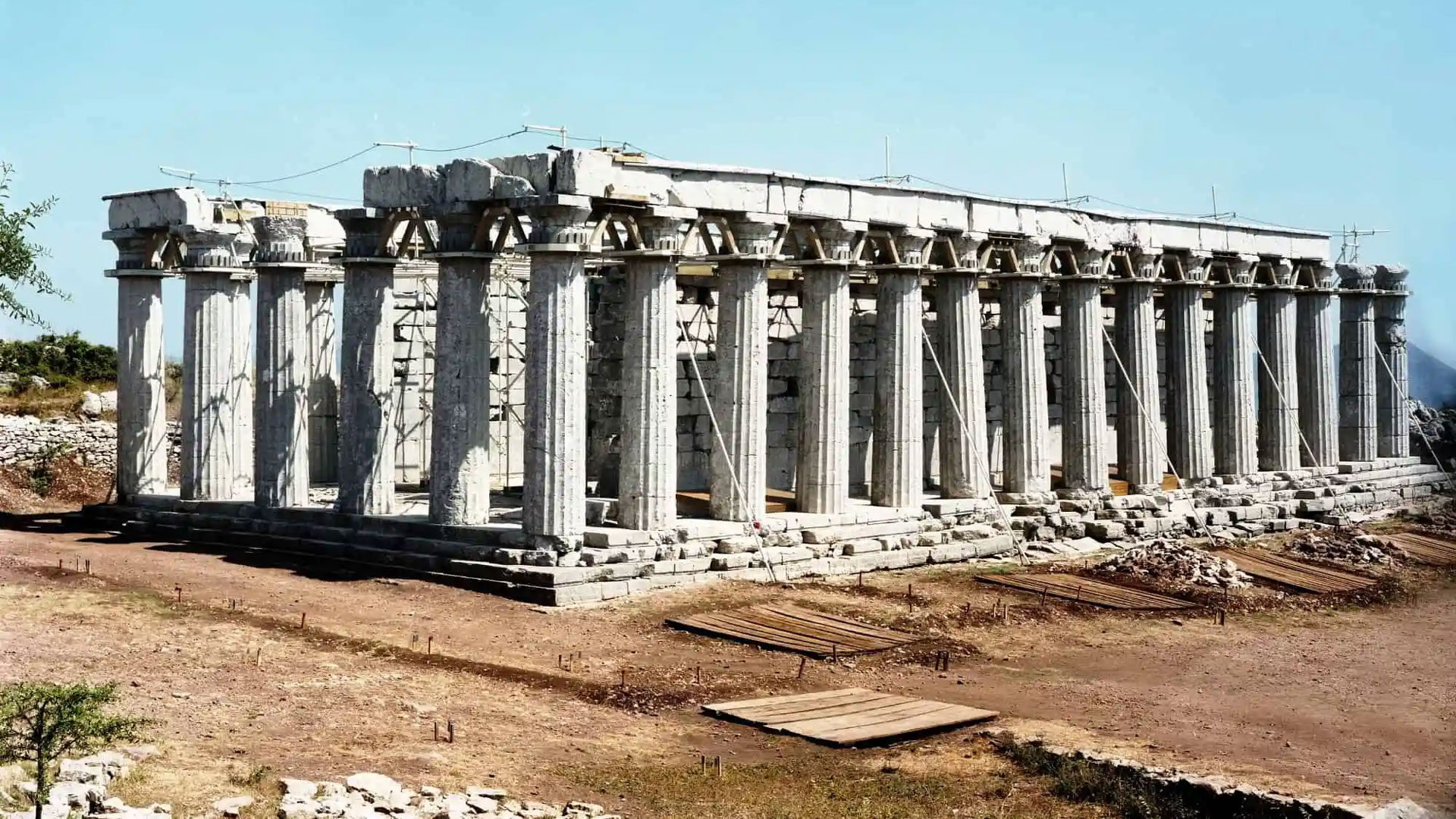
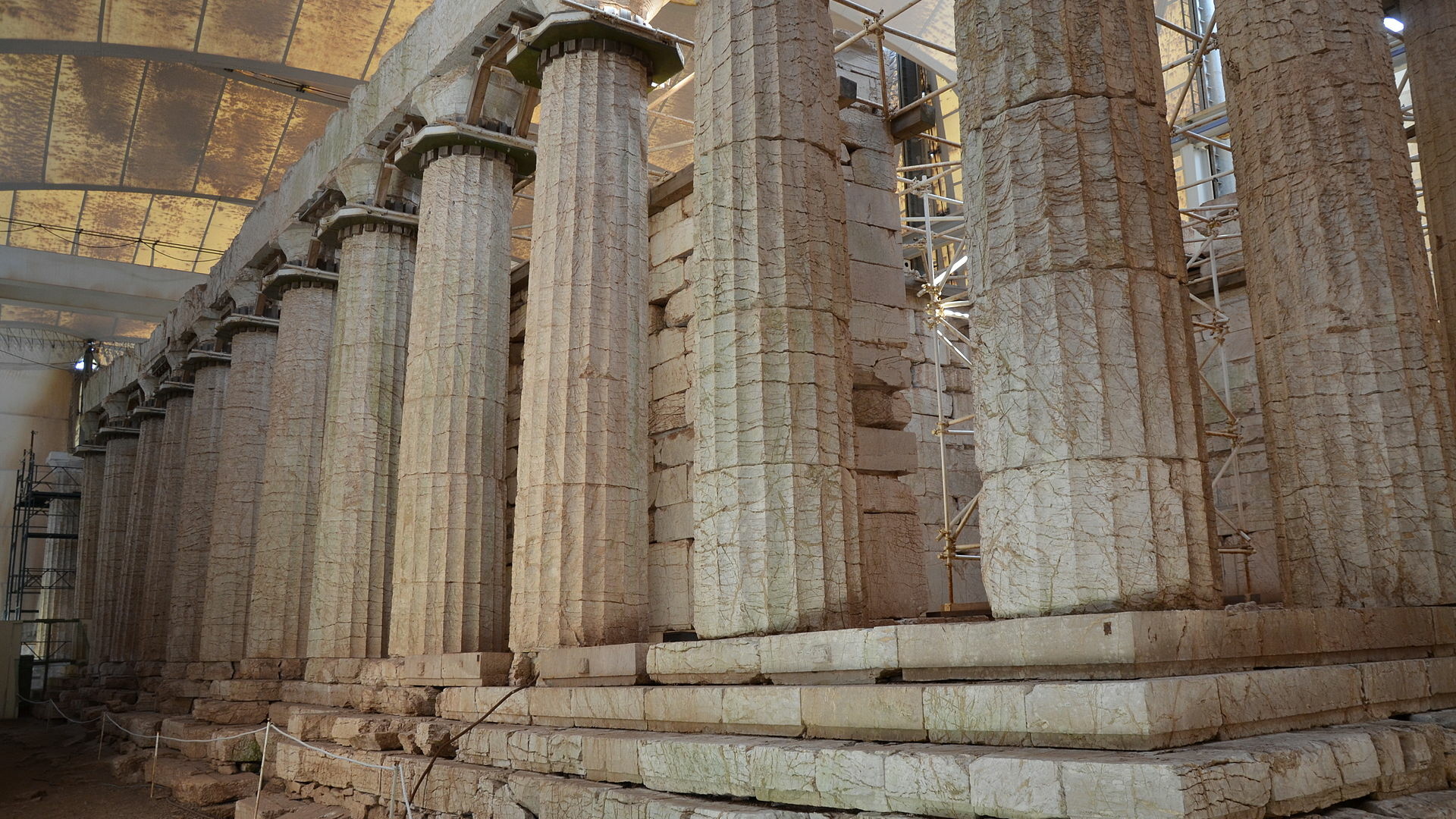
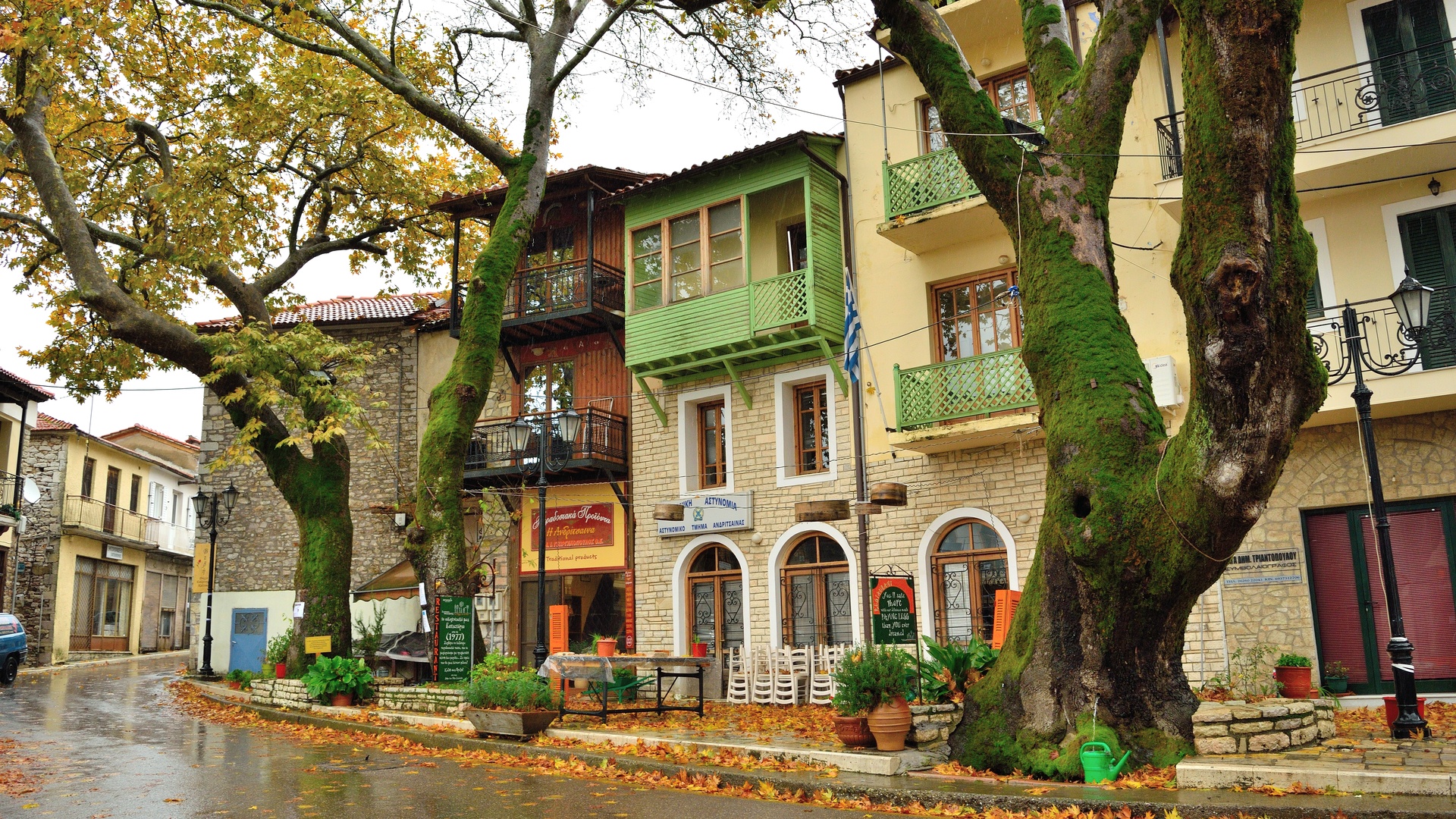
Andritsena – Apollo Epicurius
Andritsena is a traditional small town featuring stone fountains, shady plane trees and cobbled streets. The town is built on a hillside, northwest of Mt. Lykaion. Andritsena is 60 km from Olympia and boasts an exceptional library with old books, manuscripts from the period of the Greek War of Independence and a folklore museum.
In Bassae or Vassai, northeast of Figaleia and southwest of Andritsena stands the Temple of Apollo Epicurius, one of the most important and imposing temples of antiquity. The temple was dedicated by the inhabitants of Figaleia to Apollo, who came to their aid when they were beset by the plague. The temple rises to a height of 1.130m in the heart of Peloponnese. The building was erected in the second half of the 5th century BC (c.420-410) and is believed to be a work of Iktinos, one of the architects of the Parthenon. The temple is considered to be one of the best preserved classic monuments in Greece. This architectural gem was recognized by UNESCO as a World Heritage Site in 1986. The temple’s main decorative feature was the marble Ionic frieze. This frieze was unearthed by foreign antiquaries and transferred to the British Museum.
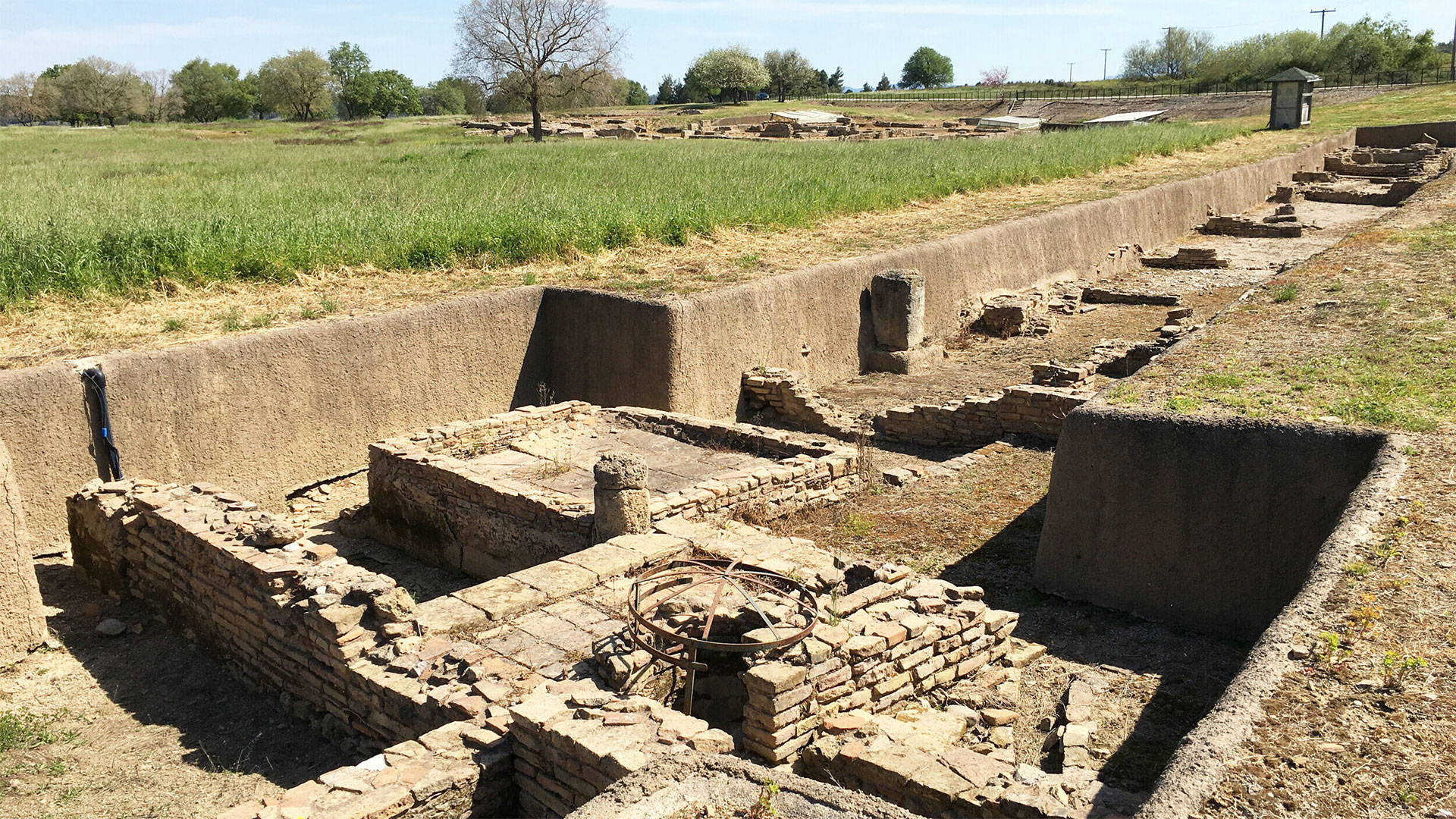
Ancient Ilida
Ancient Ilida, capital of the state of Ilia, was a permanent host city of the ancient Olympic games for more than a thousand years. The ruins of the ancient city are located quite close to Amaliada, between the plain and the mountainous area. The finds testify to the prosperity that the city experienced, proving that it was important and organized. Today the visitor will see what is left and excavated from the ancient market, the theater, the settlement, the citadel, the cemeteries. The main and best-preserved monument is the ancient theater, at the northern end of the market, with a characteristic earthen hollow and well-preserved scenic building.
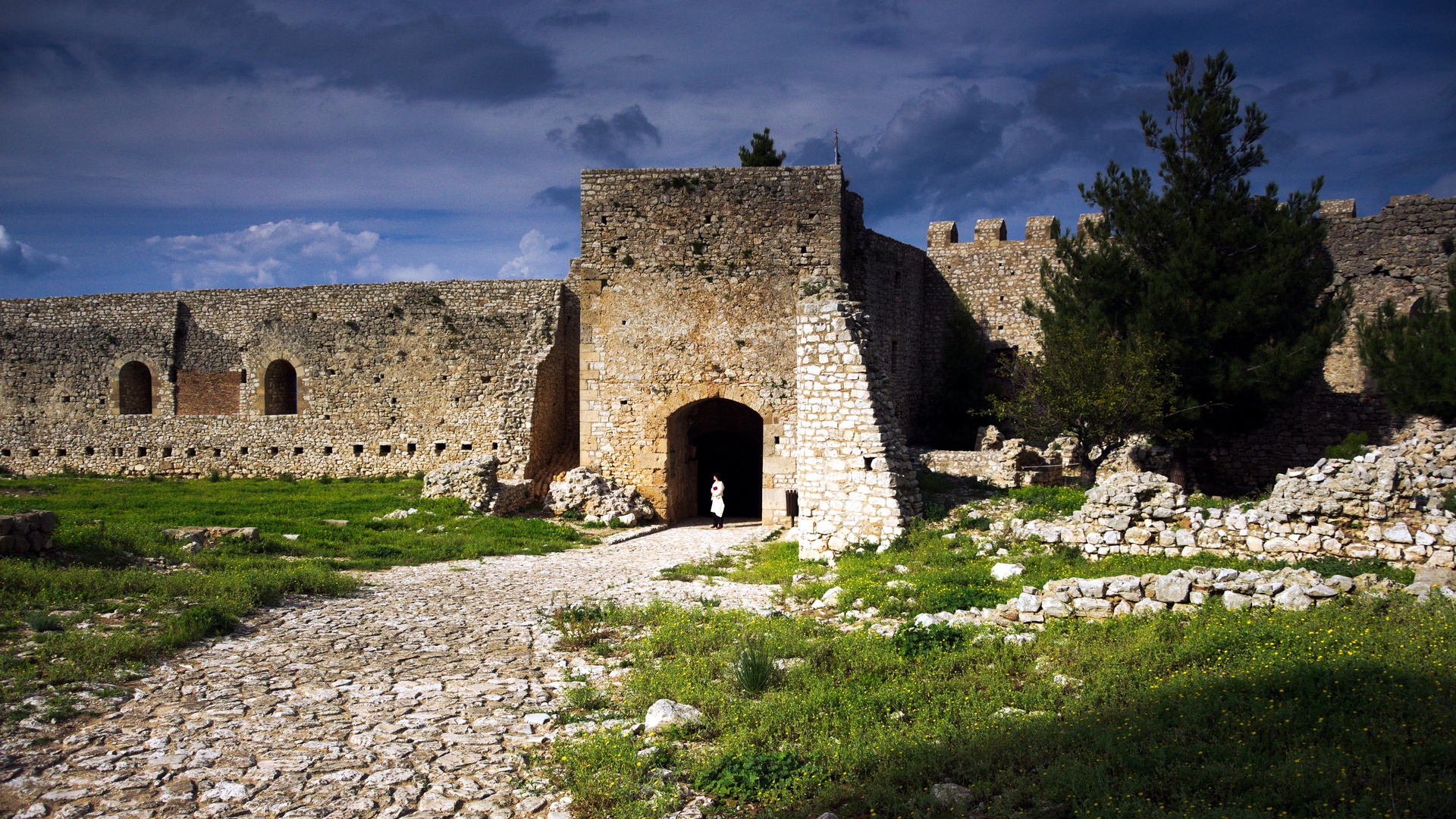
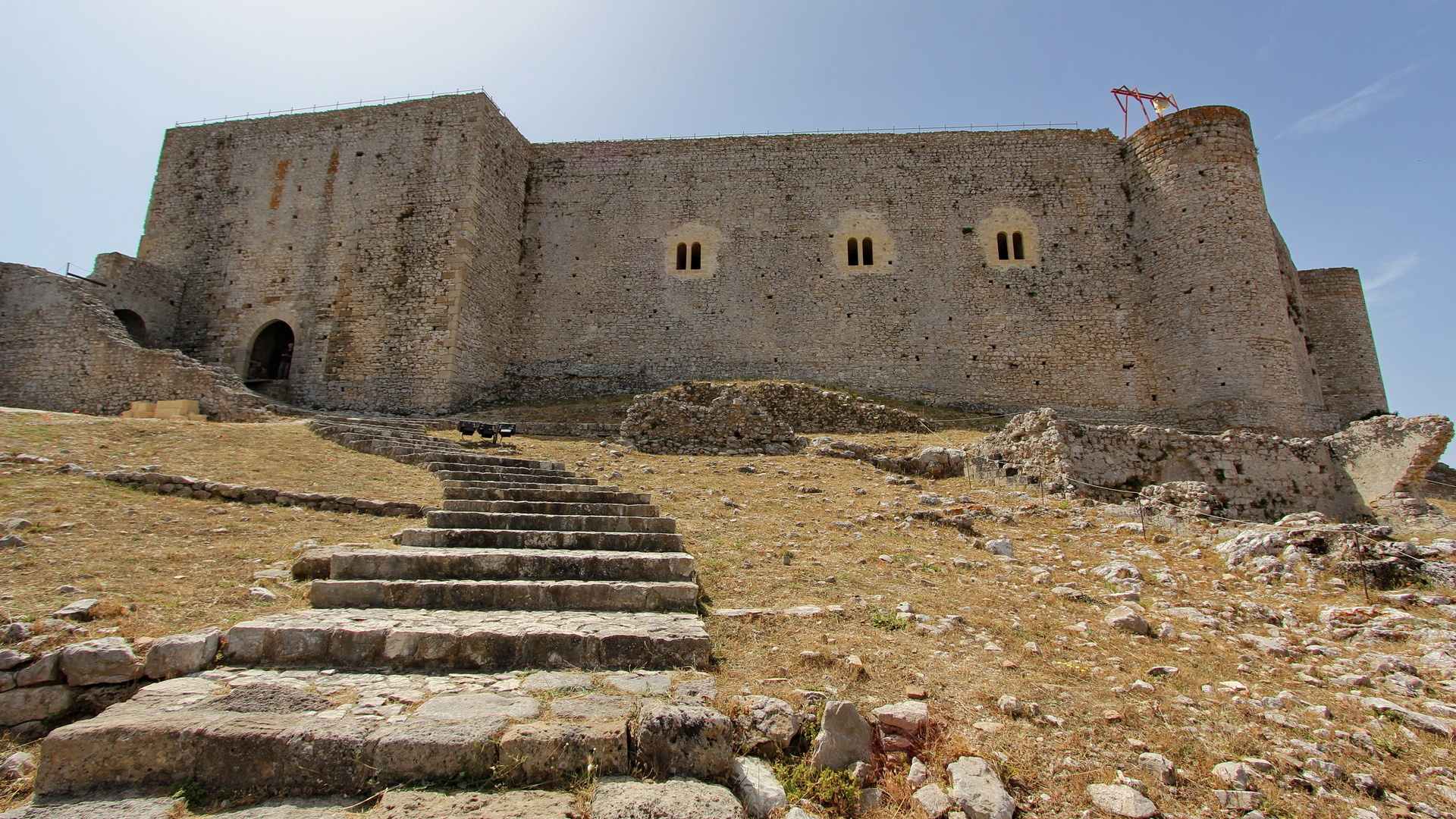
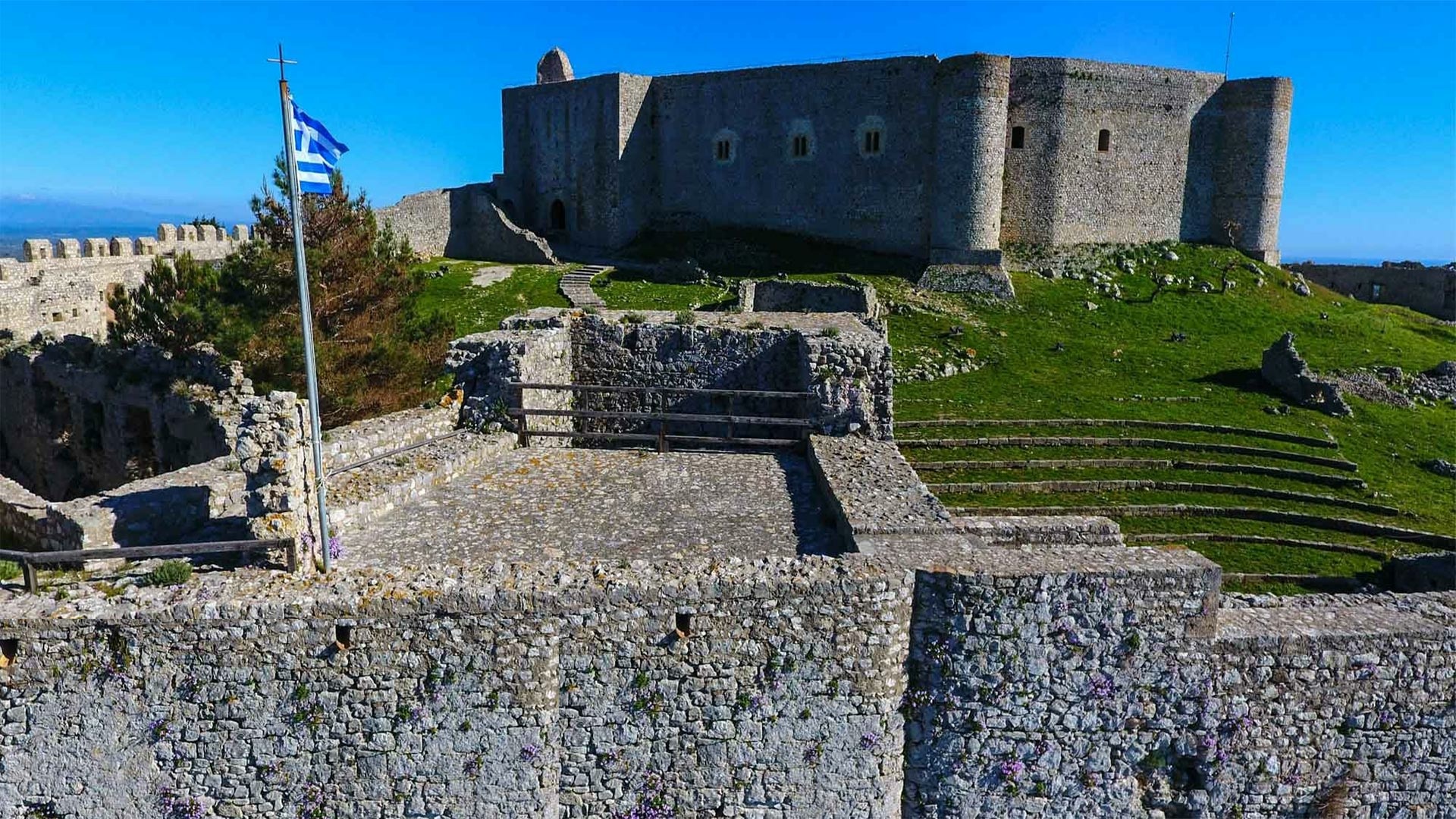
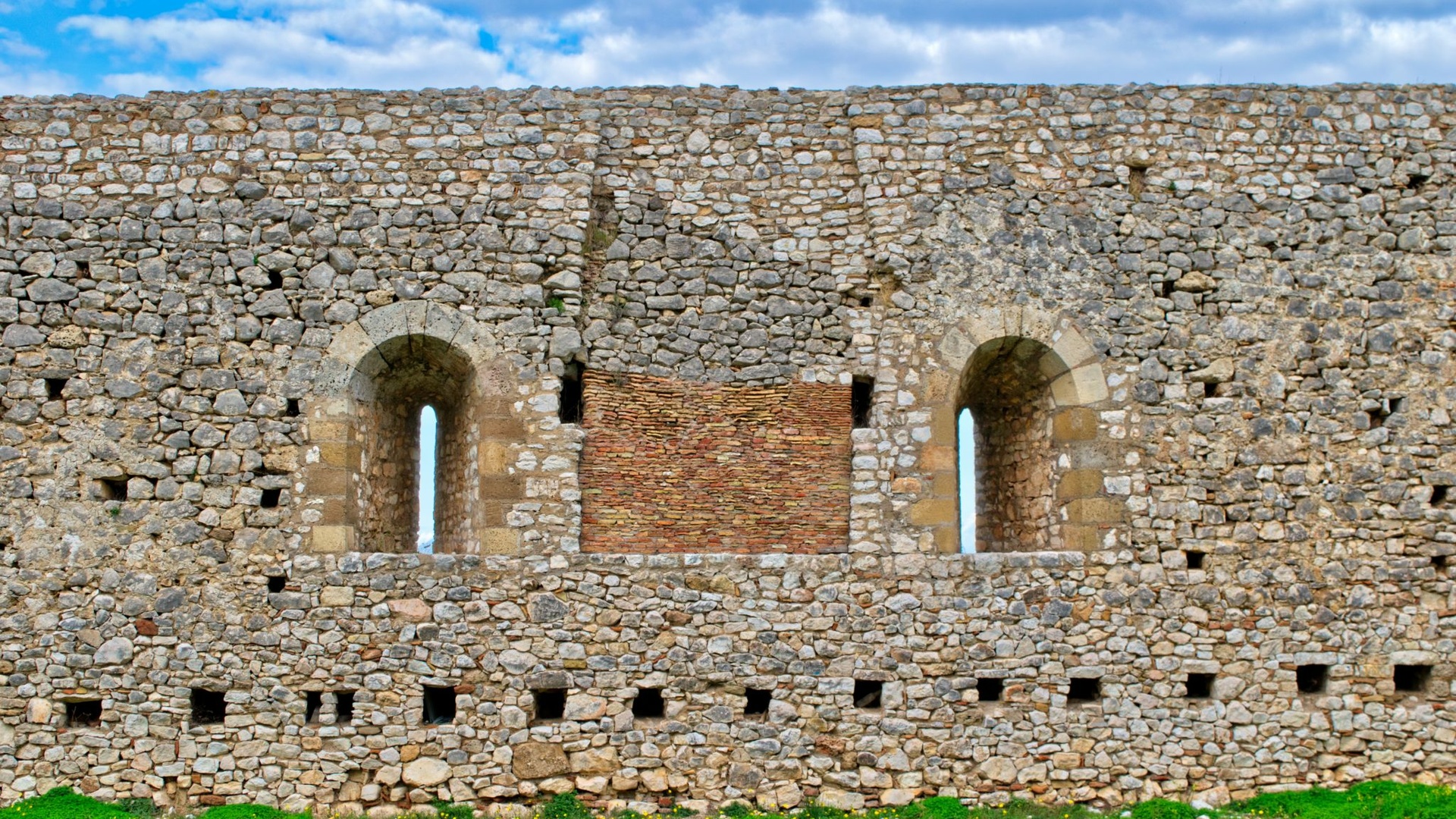
Chlemoutsi Castle
Chlemoutsi castle stands on the top of a hill overlooking the valley of Elis and the Ionian Sea. It was built between 1220 and 1223 during the rule of Geoffrey I of Villehardouin as the main stronghold of the Principality of Achaea. Chlemoutsi was ruled successively by Greeks, Venetians and Ottomans until the Greek War of Independence. The castle maintains its Frankish character intact and remains one of the best preserved Frankish fortresses in Peloponnese.
Natural beauties
The natural environment of the area is rich and includes villages, mountains, lakes, springs, rivers, sea, forests, waterfalls so that your every excursion will be exciting.
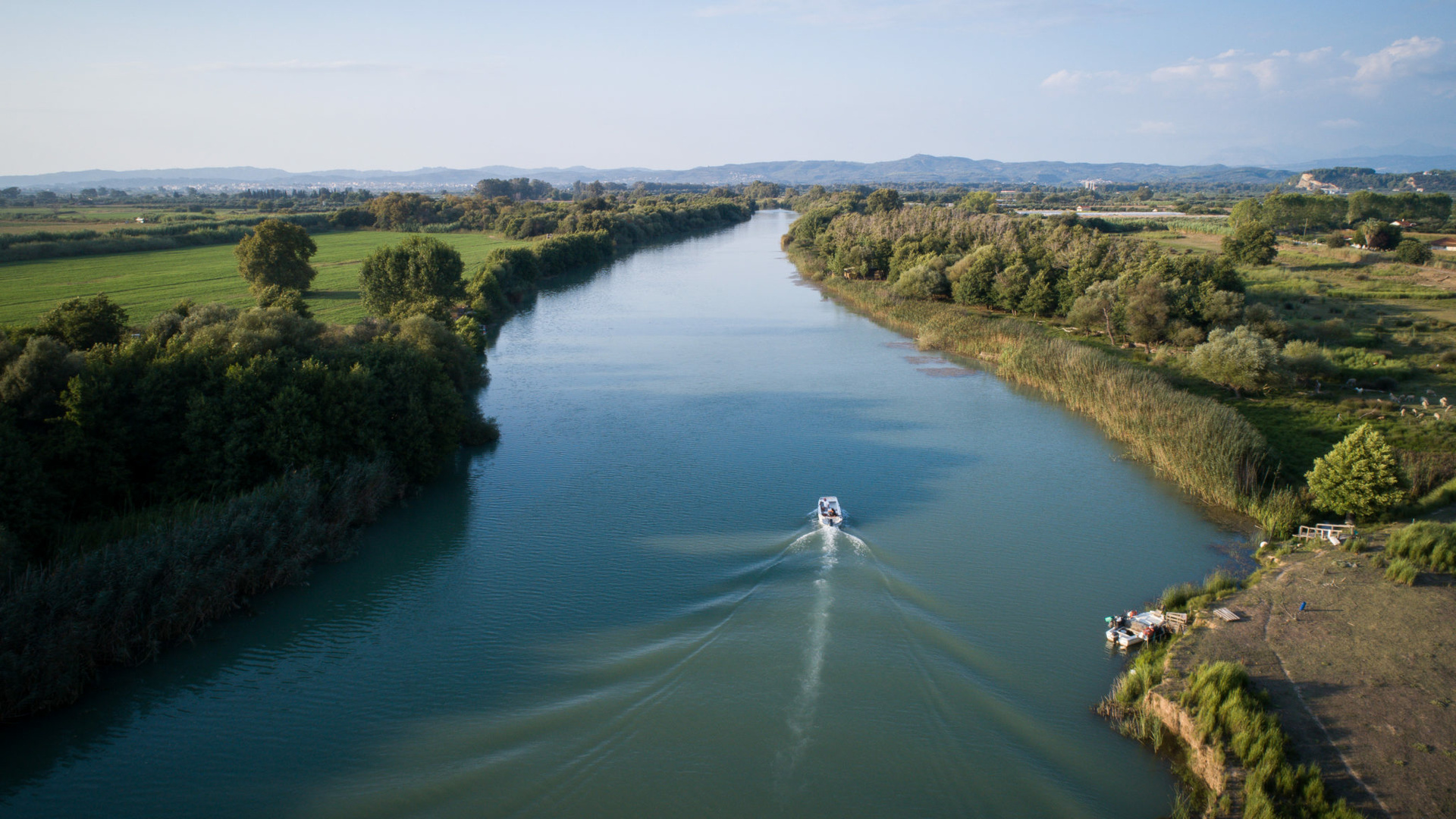
Alpheus
The Alpheus river is the largest river in Peloponnese. Ancient Greeks believed that Alpheus was a brave young man who loved hunting. Therefore, he wandered in the dense forests and killed with his arrow deer, wild boars and other wild animals. One day he met a beautiful nymph. He was stunned by her beauty but she left quickly without telling a single word. He started looking for her and heard that her name was Arethousa. In the following days, they met again and talked for hours. Alpheus fell in love with her and asked her to marry him. However, Arethousa refused his proposal and chose to remain single. In order to avoid Alpheus she decided to travel to Sicily. But she started feeling homesick and longed for her return. One day a god spared her and turned her into a spring of crystal water, which flowed into the sea in an attempt to reach Peloponnese. Alpheus was looking for her in vain until the same god spared him, as well transforming him into a river. The waters of the river flowed through Olympia and emptied into the Ionian Sea, in order to mix with the waters from Arethousa’s spring. Consequently, the two young people who did not manage to become a couple, when they were still alive, were united after their death into the depths of the sea. This myth is an indication of the way the great ecosystem of Alpheus should be managed in order to lead to a successful combination of economic development and environmental protection.
The Alpheus river is the longest and most important river in Peloponnese. It is 116 km long and forms valleys, lakes and tributaries creating an amazing scenery. The river flows through places of great cultural and historical significance, such as ancient Olympia. The most significant human values were born at its banks. Since 776 BC and for more than a thousand years, the Alpheus played a key part in Olympia’s legends, myths, heroic deeds, memories and secrets. Then, the excavations of the German Archaeological Institute started in the area of the sacred Altis and the magnificent treasures of Olympia were brought to light. Following, thus, the river’s flow is like reliving the most glorious moments in Greek history.
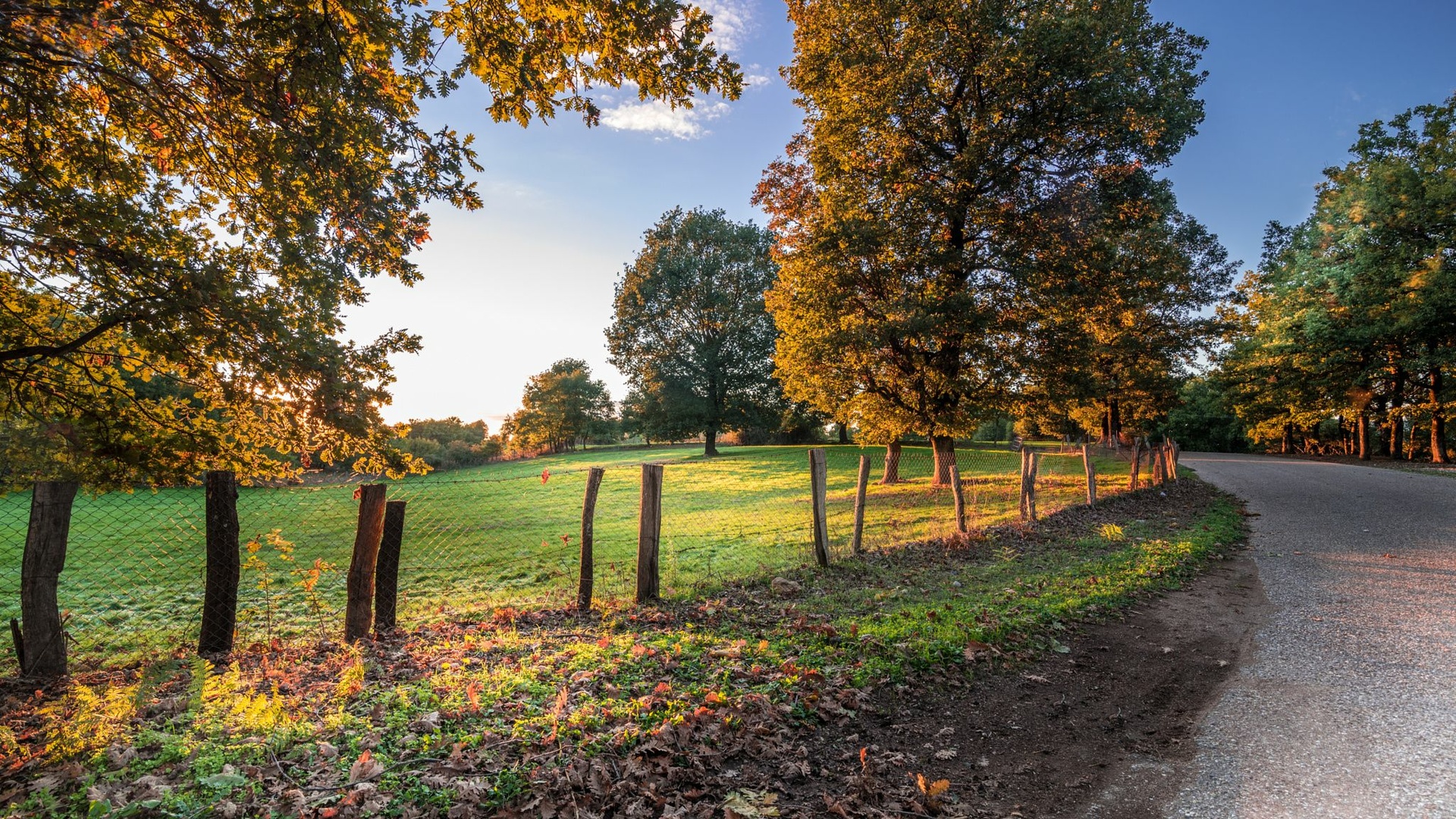
Pholoe
The plateau of Foloi or Pholoe is situated in Elis, which borders Arcadia and Achaea and on the foot of Mt. Erymanthos. It is part of the municipality Ancient Olympia and took its name from the king of Centaurs, Pholus, who was a friend of Hercules. The plateau, which is 650m above sea level and covers an area of 42.000 square meters, is named by the locals as ‘the Balcony of Ilia’. The Foloi oak forest is situated on the plateau. It is an ecosystem unique in the Balkan Peninsula and has been designated the status of a protected area enlisted in the Natura 2000 ecological network of the E.U. Some of the oaks are tall like cypresses whilst others are thicker and many-branched. Near the inhabited areas and gorges you can find chestnuts, planes, holm oaks, walnut trees, arbutuses, and other fruit-bearing trees. The headwaters of the river Piniakos (Eliakos) Ladonas or Sellieis are located in the area and also a gorge of historical and ecological value. This is also the place that Hercules caught the Erymanthian Boar. This idyllic landscape is complemented by the emerald green and blue colors of the sea near Olympia.
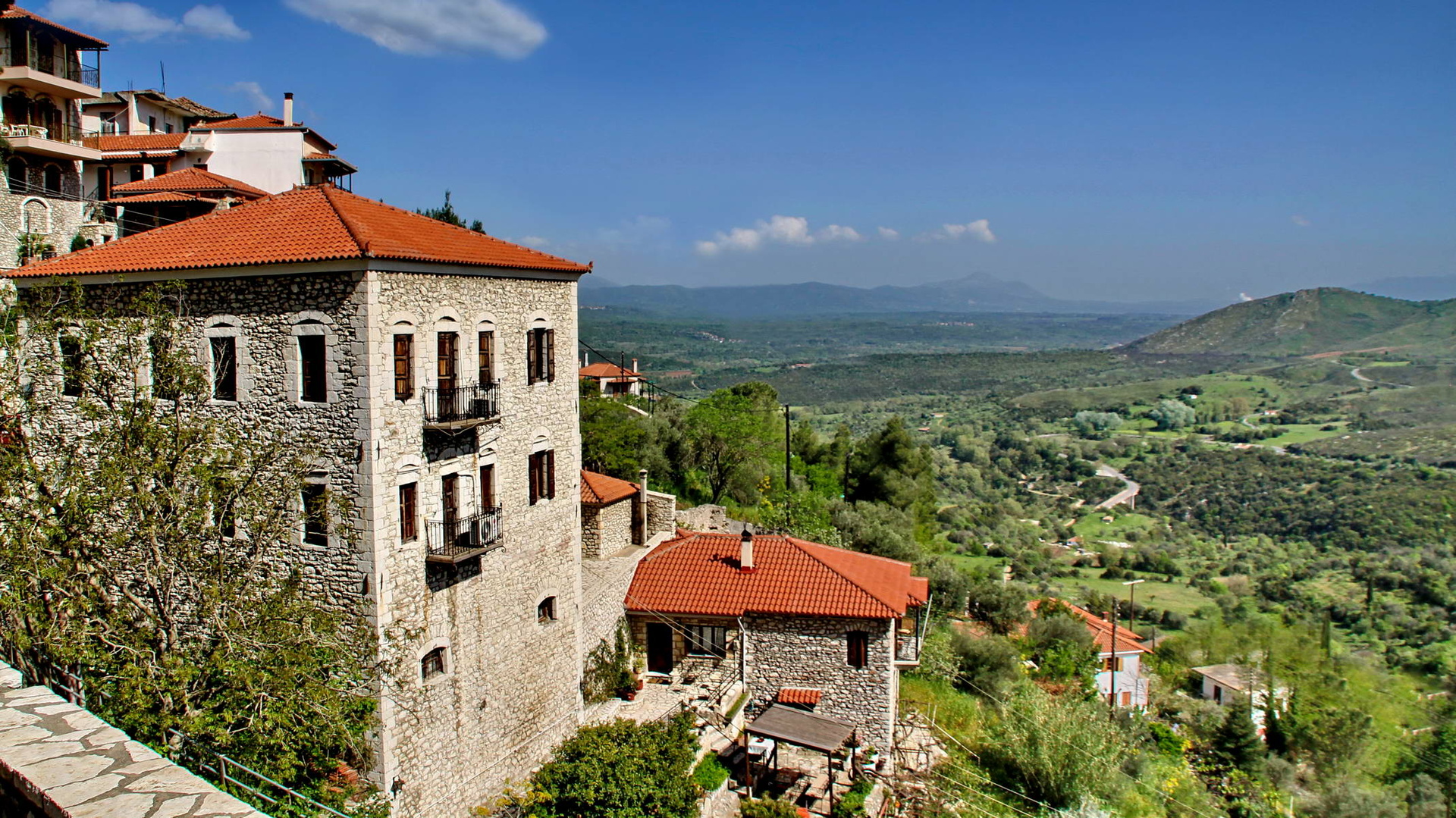
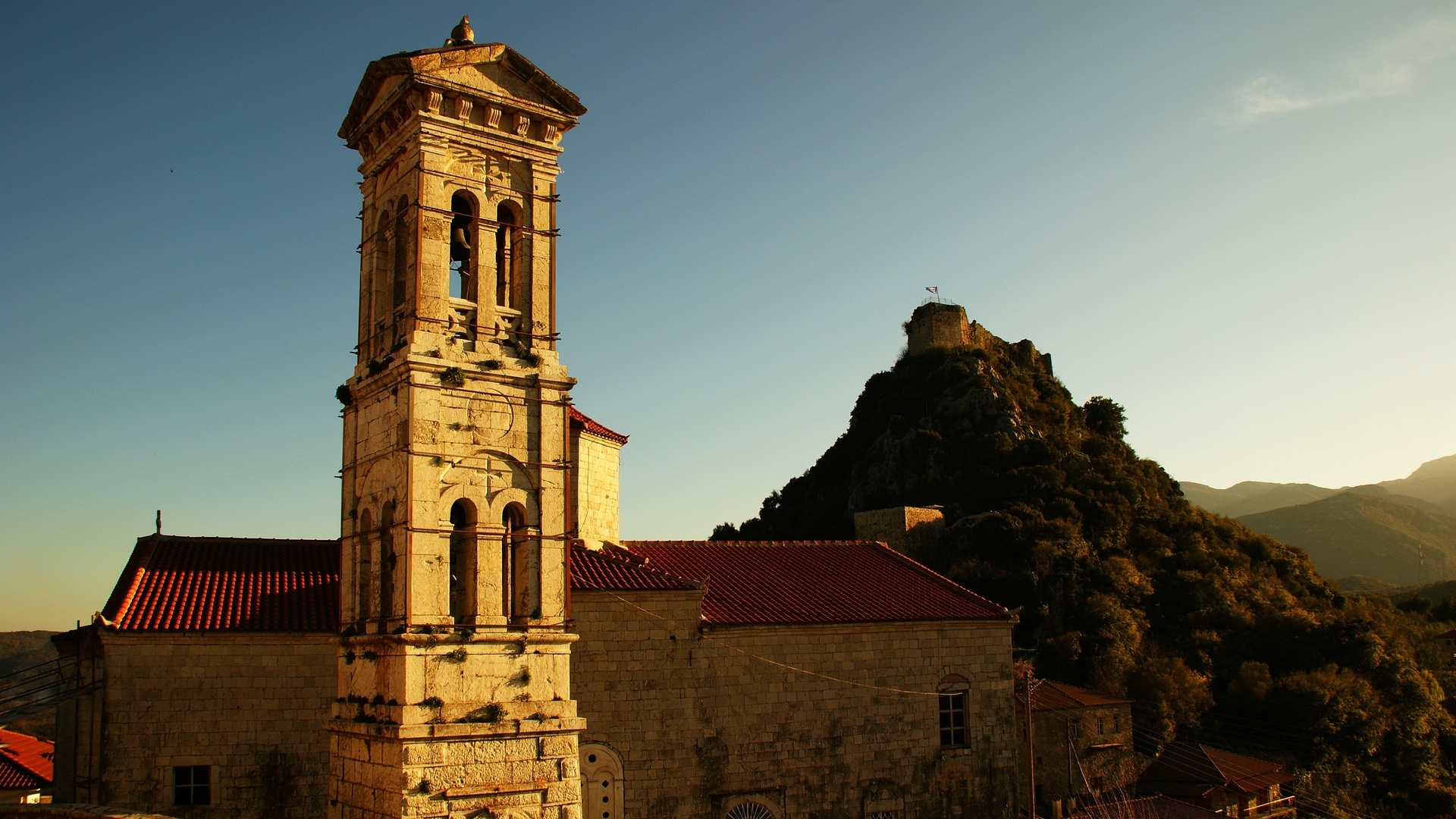
Karitena
Karytena is a picturesque village in Arcadia situated 500 m above sea level. The village is 20 km from Megalopoli. The most important site is the 13th century Frankish castle. The area was one of the 12 Baronies of Franks in Peloponnese. Karytena was successively ruled by Byzantine Greeks, Venetians and Ottomans until the Greek War of Independence in 1821. In 1826, it was used by Theodoros Kolokotronis as a military base for his operations against Ibrahim Pasha of Egypt.
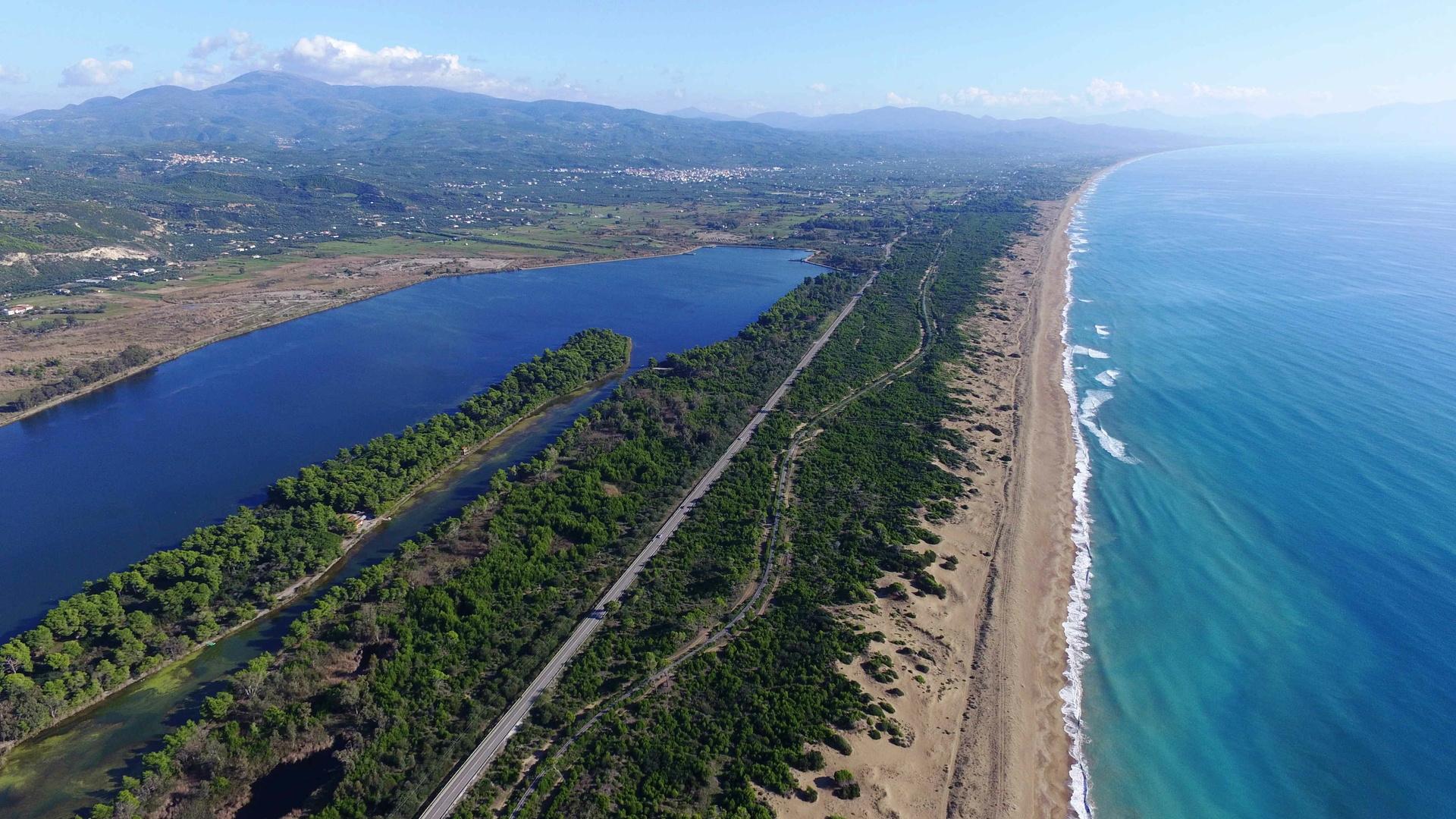
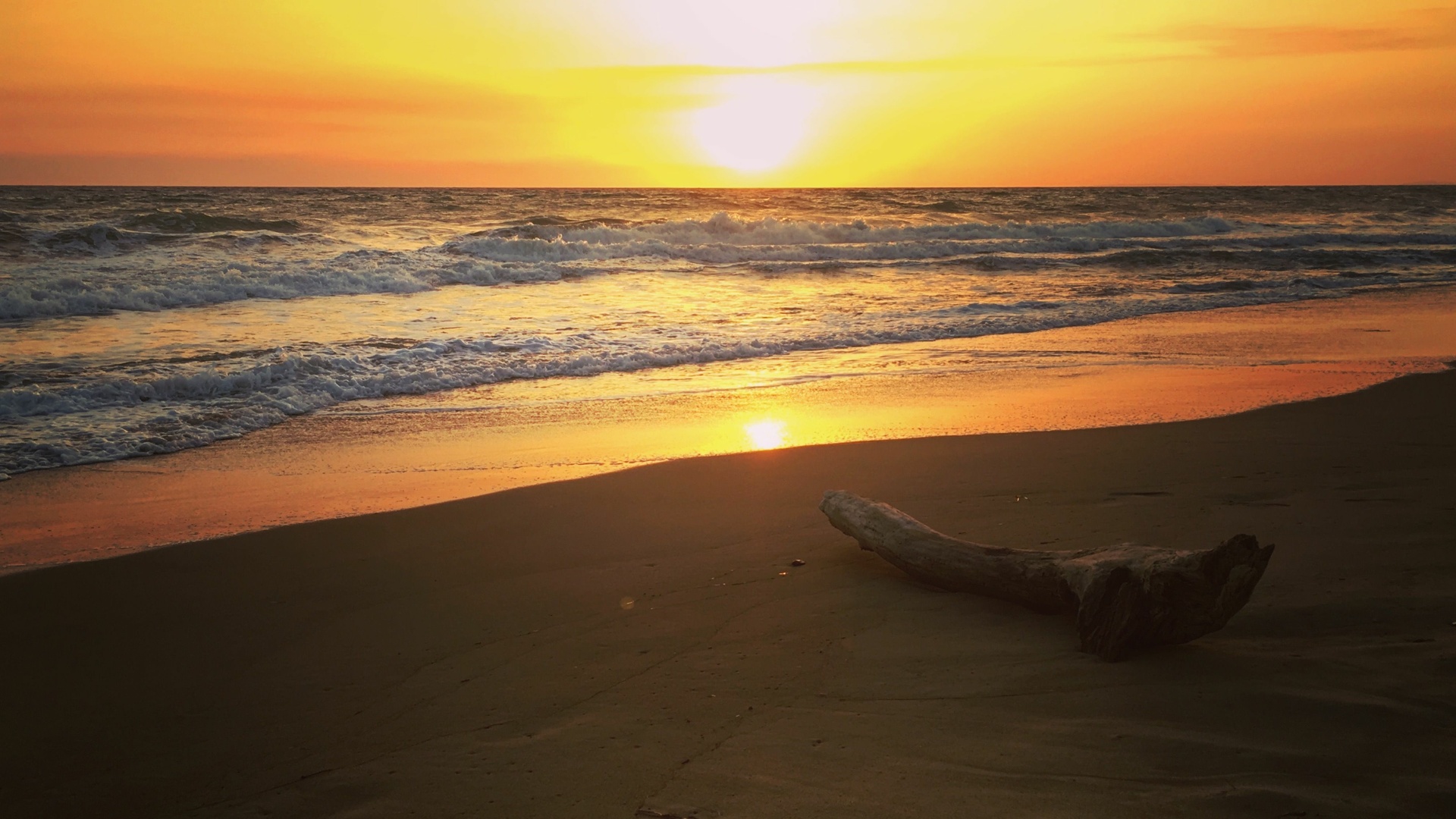
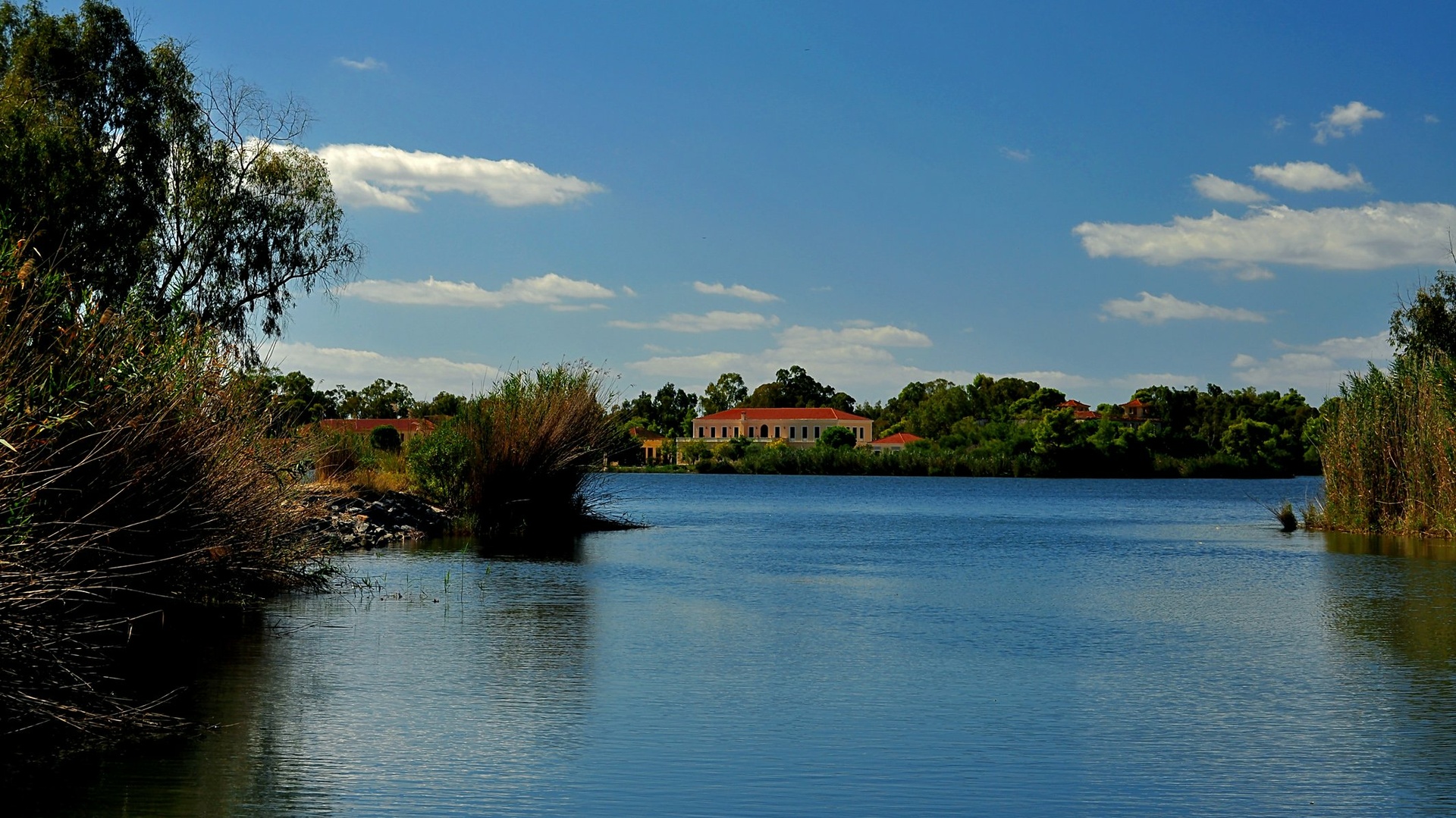
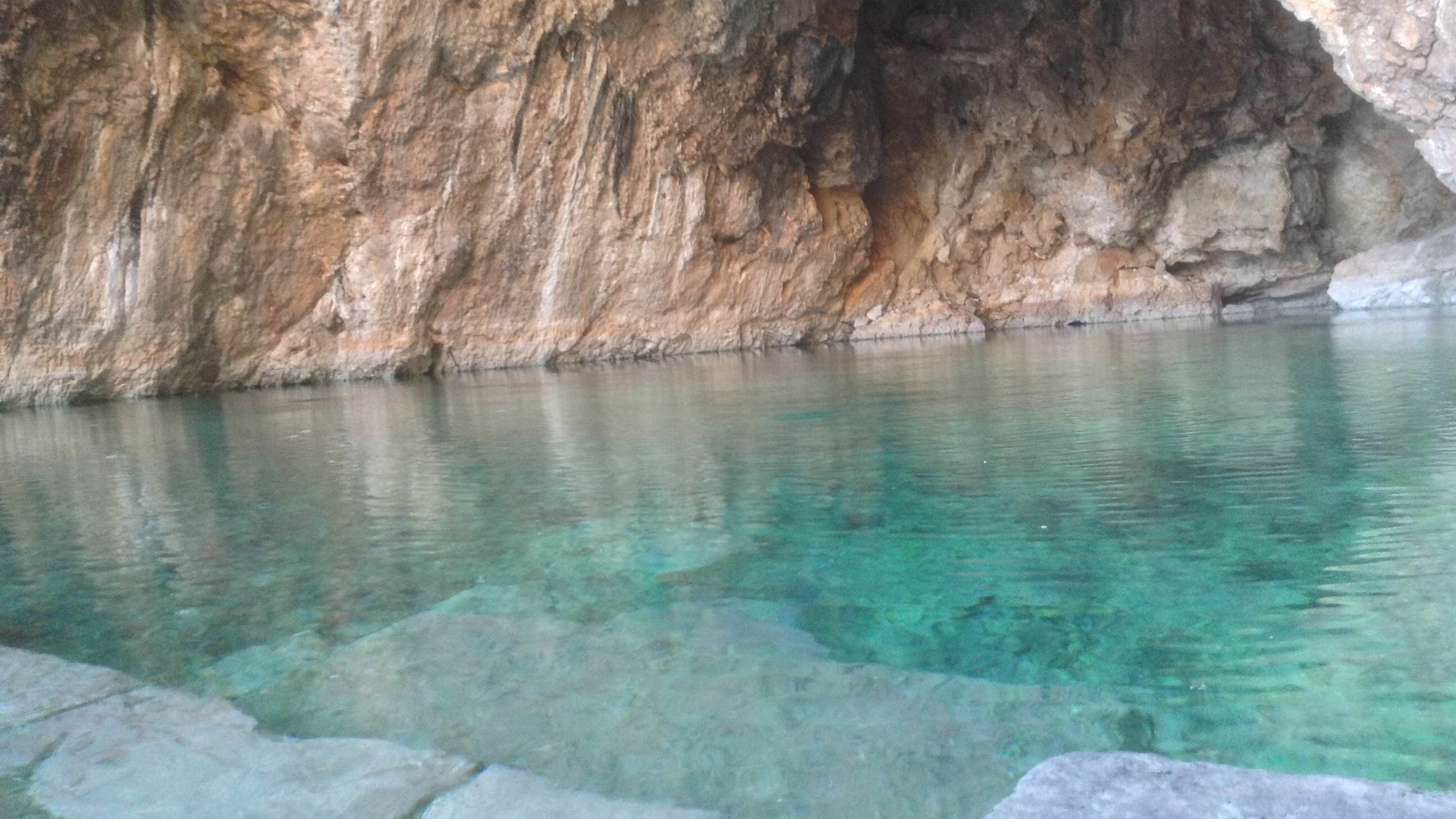
Kaiafas lake and sea
Relax and rejuvenate your spirit in the therapeutic waters of Kaiafas Thermal Springs or enjoy the sandy beaches of the Ionian Sea admiring the lurid red and orange sunset.
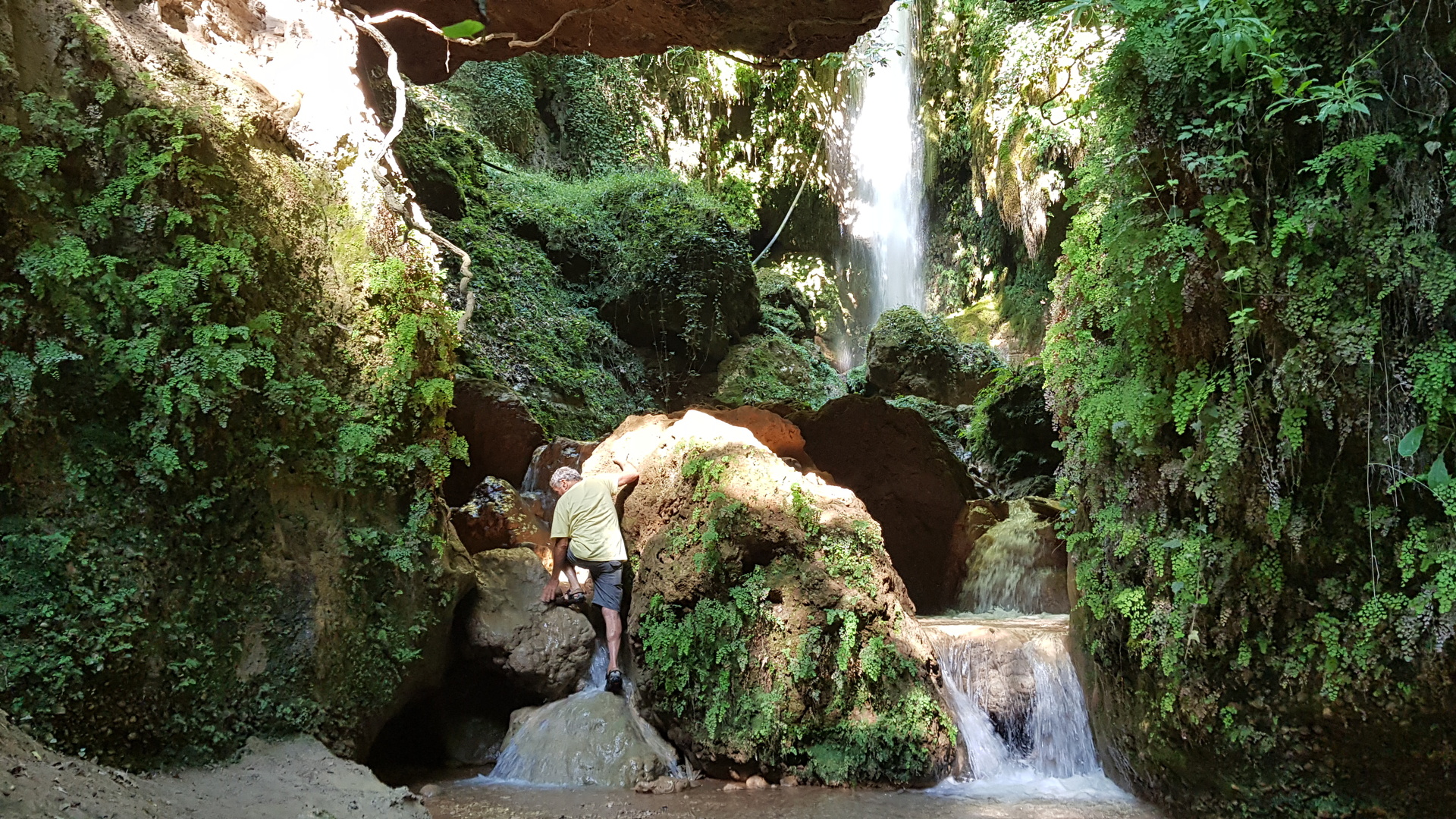
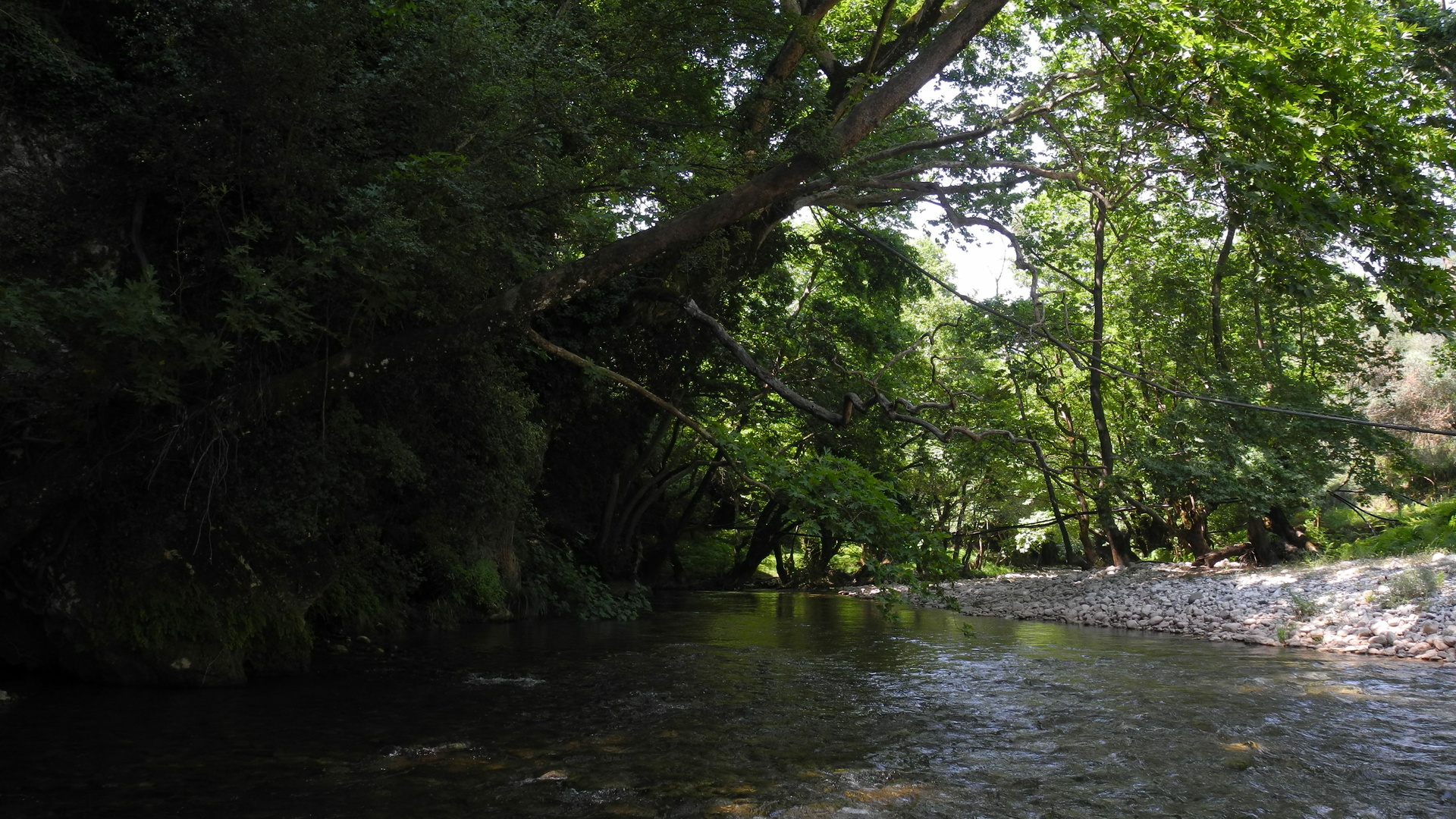
Νemouta
Erymanthos is a river in the western part of Peloponnese. Its headwaters are located on the southern slope of Mt. Erymanthos. The river forms a natural border between Elis and Achaea. This stunning setting features multihued flowers, crystal clear waters, wild animals, olive and plane trees as well as an array of native mountain plants.
Religious tourism
For visitors who wish to combine their stay with visits to churches and monasteries, the surrounding area has many hidden religious treasures waiting to be discovered.
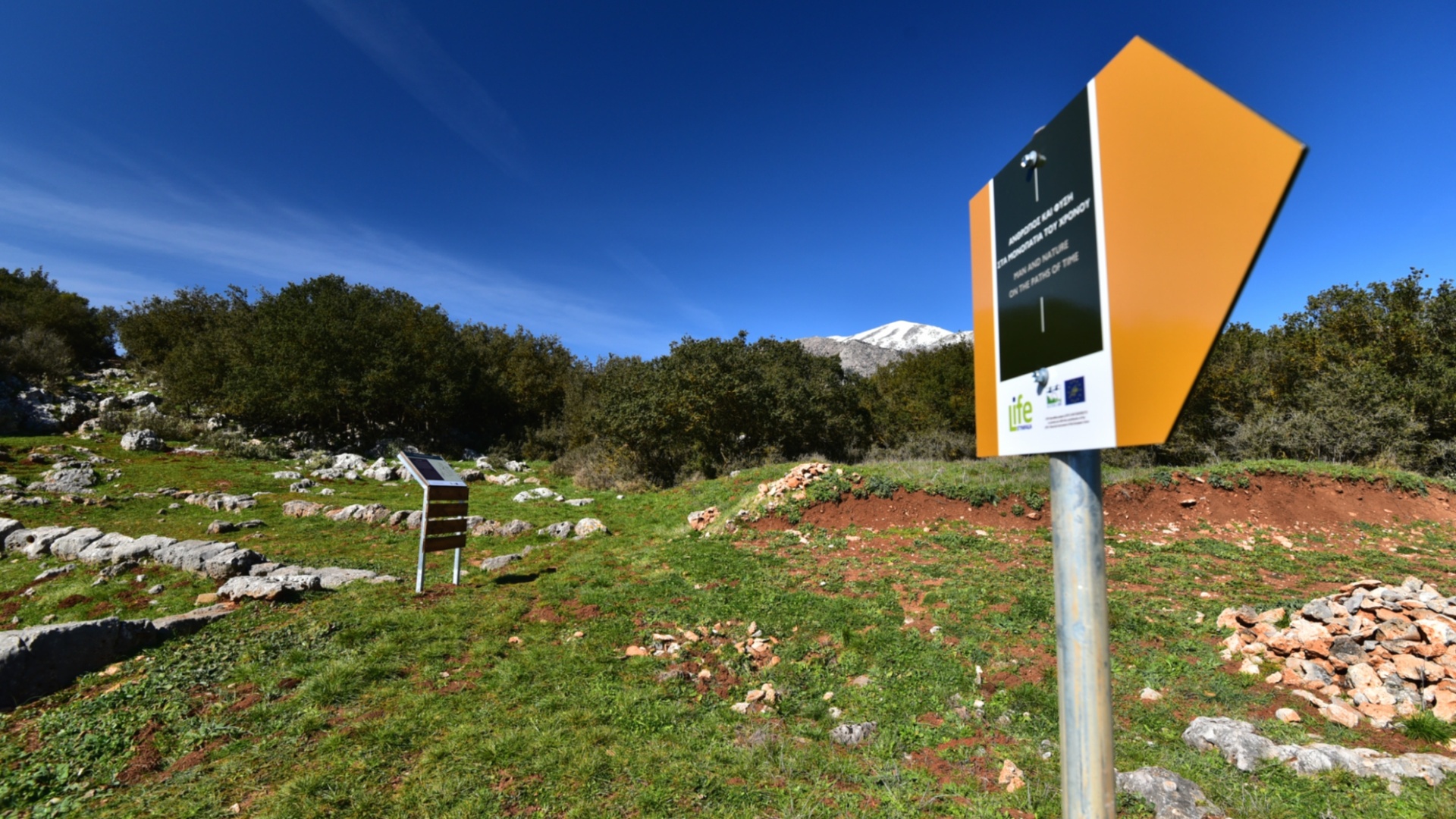
The path of Hercules
The path is 12km long. Visitors can follow the path from the Environmental Museum of Foloi, which is located in woodland Loutsa, through the unique oak forest of Foloi until they reach the gorge of the Erymanthos river. This is an area of outstanding natural beauty boasting impressive waterfalls and a wide range of wild fauna and flora.
On their way to the picturesque Nemuta village visitors can admire eight spectacular waterfalls, from 15 to 42m high known as the Haratsari waterfalls. This gem of nature was unknown to the public up until now. Another way to reach Nemouta is through the waterfalls of Abula, 17 amazing waterfalls from 15 to 52m high.
Visitors can admire many species of birds, insects, wild animals, an abundance of trees such as willows, oaks, planes and pines as well as the remains of old watermills and gunpowder mills.
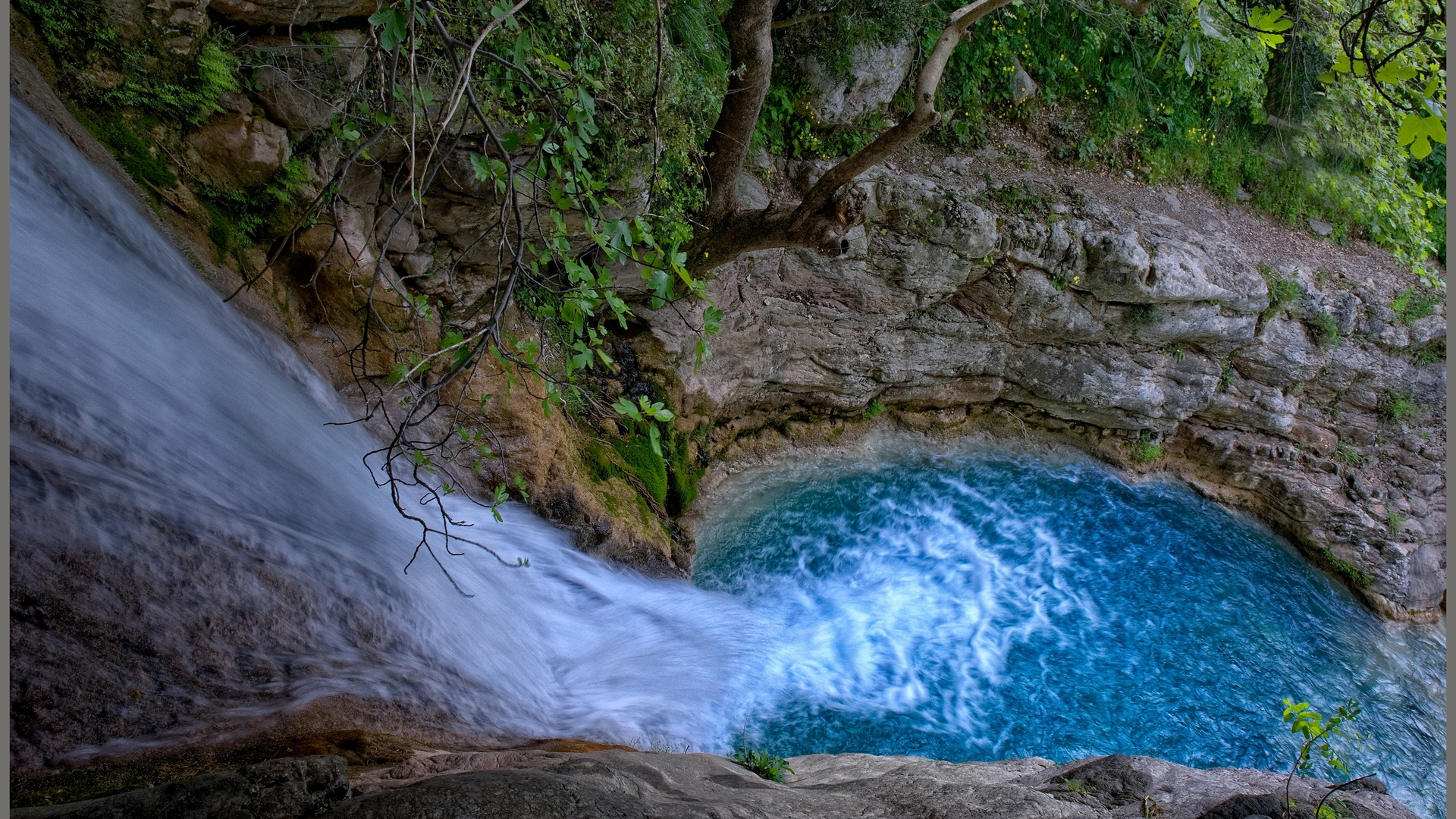
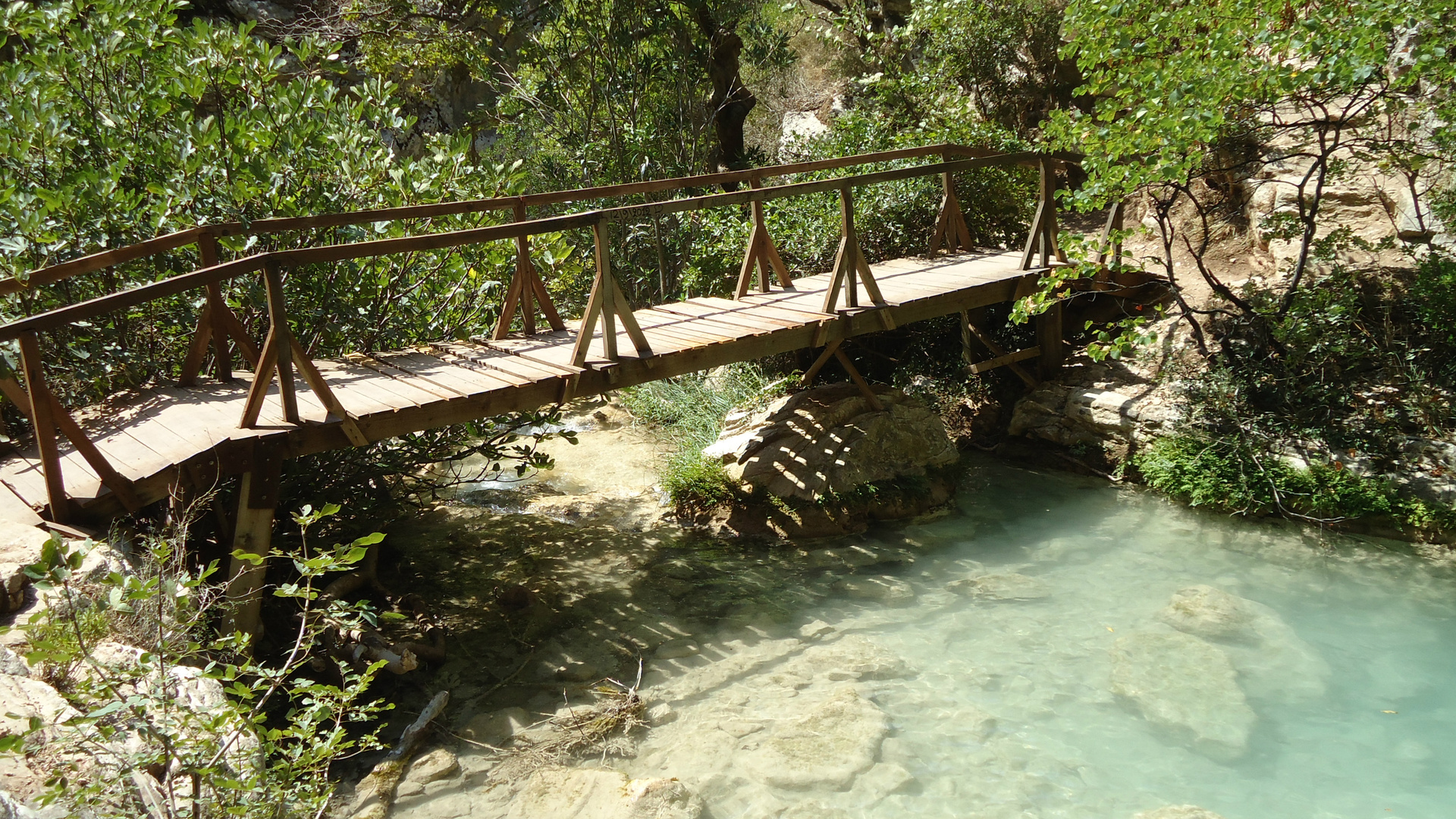
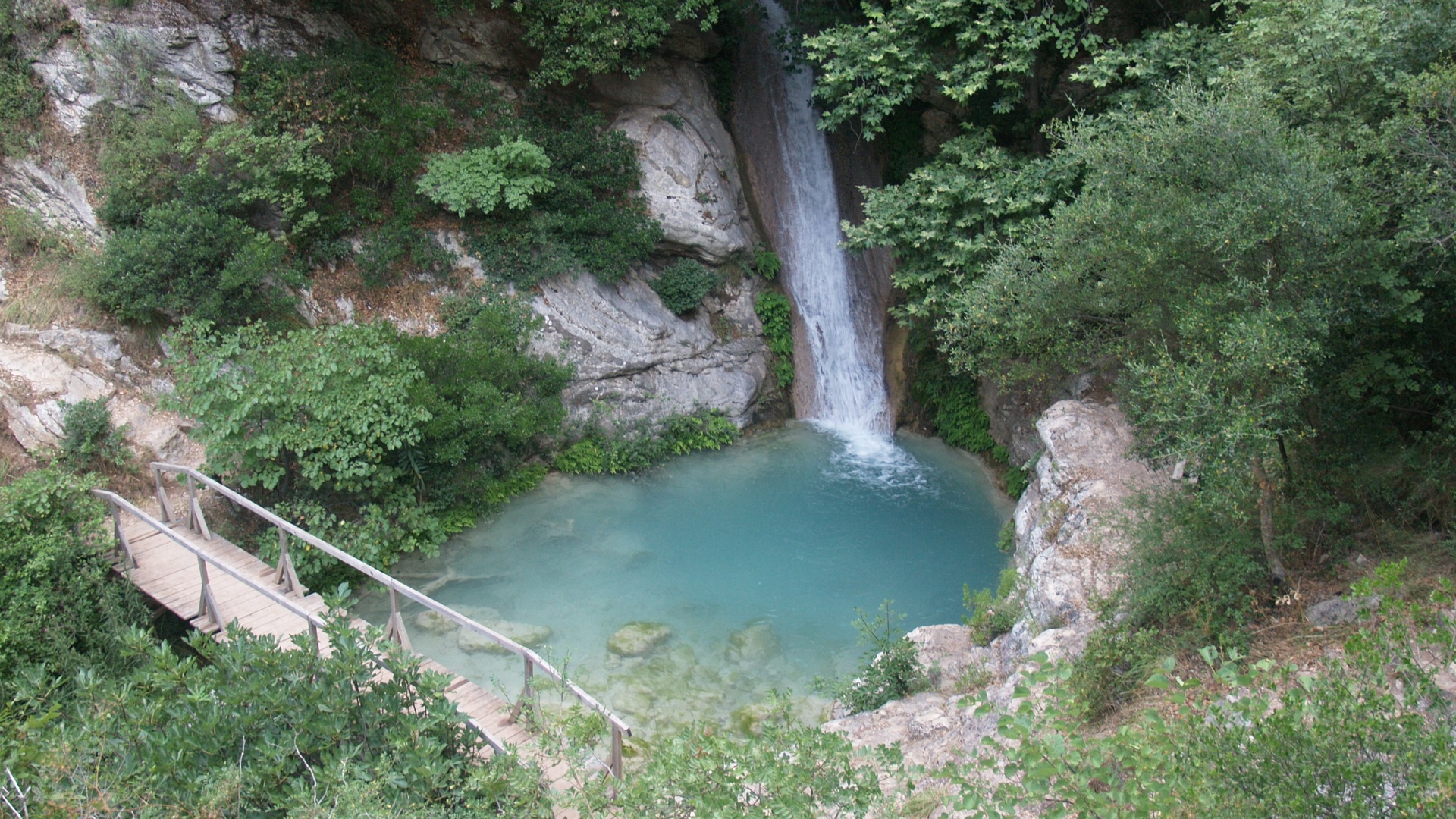
Neda waterfalls
The Neda is a river in western Peloponnese and one of the few rivers in Greece, which has been given a female name. According to the myth, the river was created by Rhea, Zeus mothers and it owes its name to the nymph Neda, who nurtured young Zeus and protected him from his father Kronos. The landscape with its lush vegetation, the majestic cliffs and the natural beauties is ideal for trekking. Neda waterfalls form a natural pool, like a blue lagoon, where you can take a dip into the cool waters and get immersed in Greek mythology.
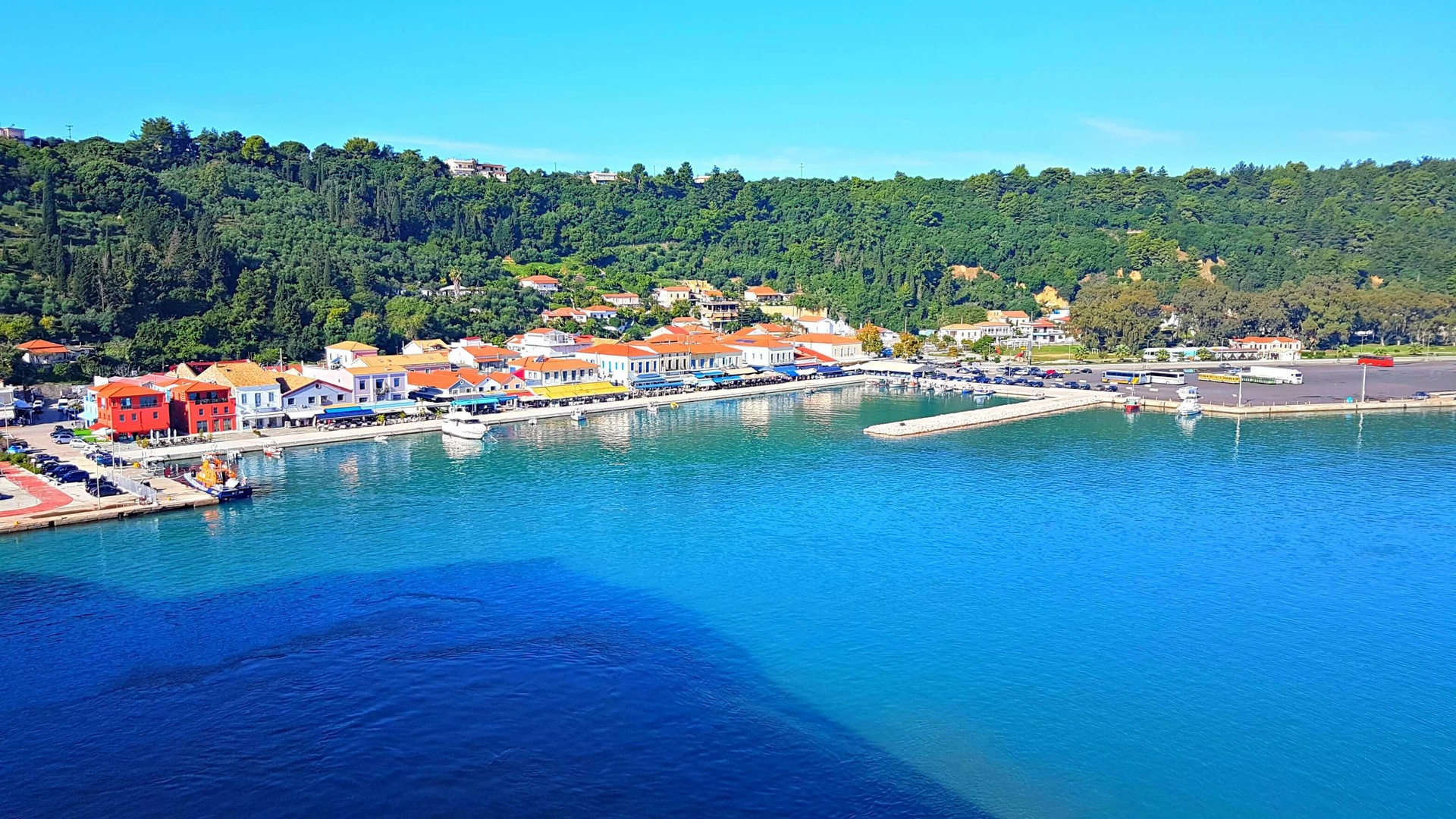
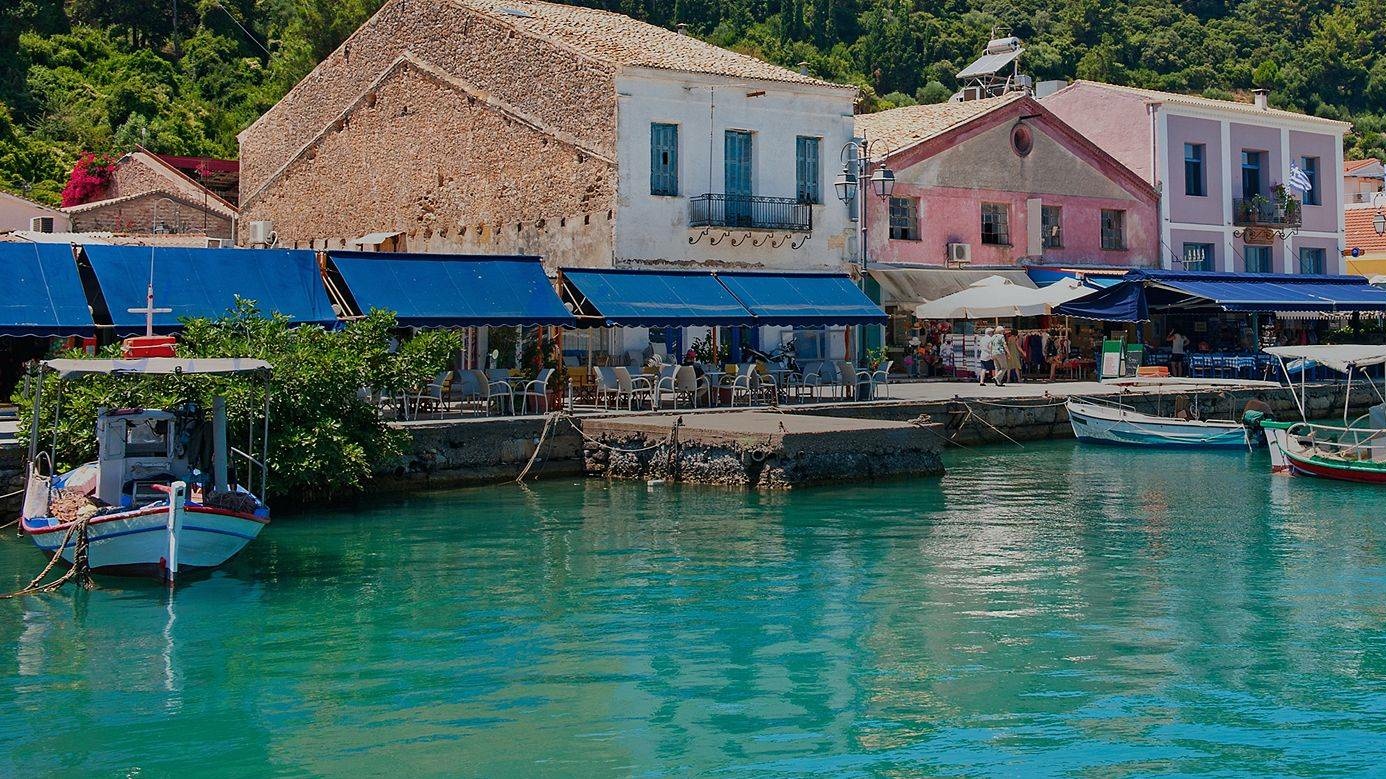
Katakolo
The area of Katakolo-Agios Andreas 20 km from Olympia offers spectacular beaches and scenic bays, where you can enjoy the sea and the sun. Pick one of the bars or taverns by the sea and taste delicious seafood along with ouzo or cold beer.
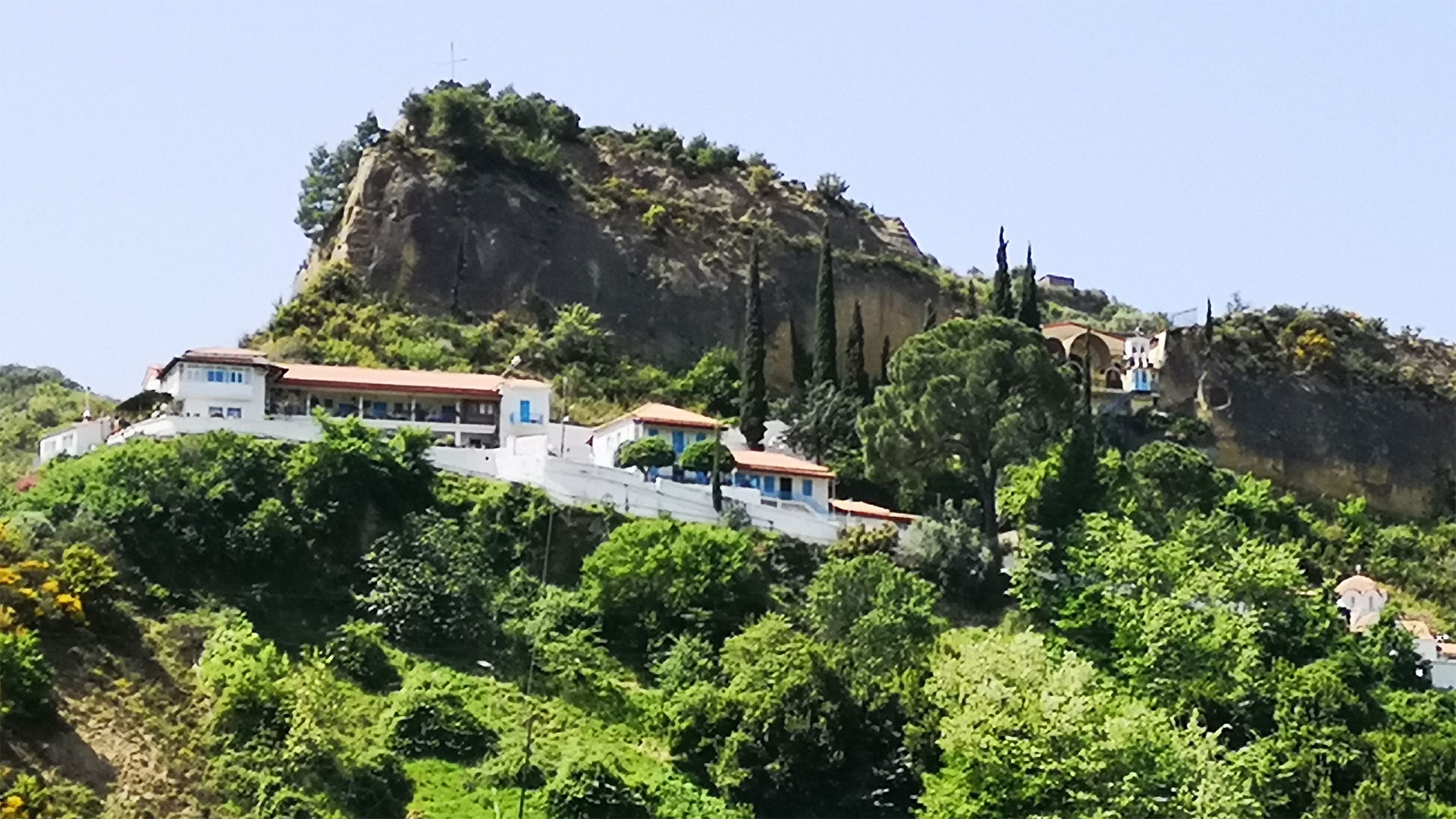
Monastery of the Dormition of the Virgin of Kremastis
The female Monastery of the Dormition of the Virgin of Kremastis stands imposingly and impresses with its volume, being "hung" on a rock in the prefecture of Ilia, at an altitude of 330 meters. 800 years ago local residents saw a light in a hole in the rock at night. They hanged someone with a rope, who found the image of the Virgin floating. Thus, on the occasion of the finding of the holy icon, the monastery was built. After many disasters the monastery managed to continue its operation until today. Thousands of pilgrims on the eve of Vespers and during the day of the feast, flock to worship the icon of the Virgin Mary. The monastery receives thousands of pilgrims throughout the year. From the exterior of the temple, the visitor-pilgrim will see all the beauty of the land of Ilia up to the forest of Foloi and the majesty of Erymanthos.
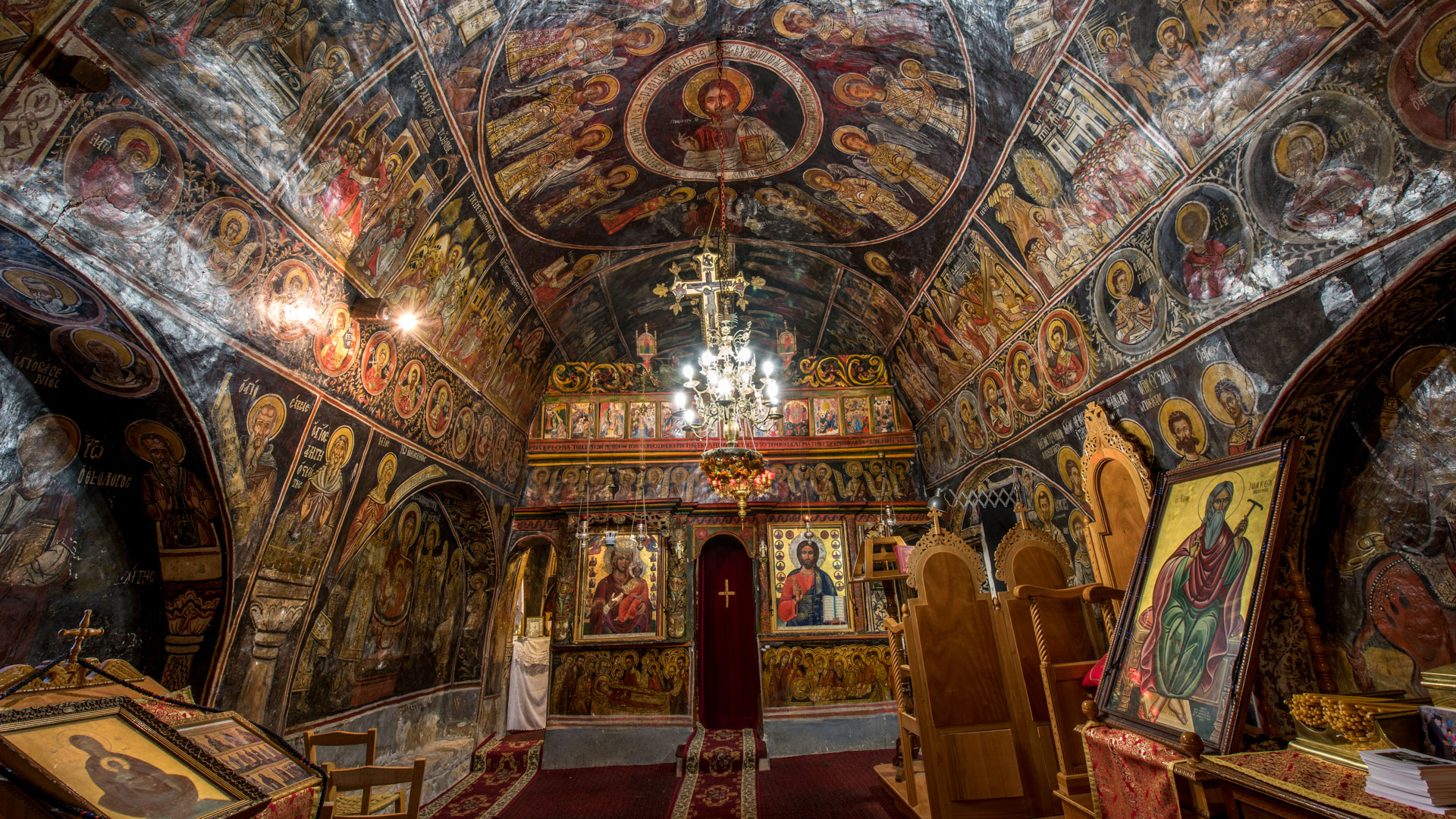
Monastery of Chrysopigi in Divri
Over Divri and surrounded by fir trees lies the Monastery of Chrysopigi. At approximately 1150m in altitude, the monastery used to be inaccessible and offered shelter to the fighters of the revolution in 1821, yet, nowadays, it can be accessed by car. Apart from the heirlooms and the murals from various periods, you will also see the place, where a "Kryfo Scholio" (secret school) was located, an arcuate underground hall with the weathered reading desk and the remains of old books. On the carved chancel screen, you will see the wonderful icon of Panagia Chrysopigi, of Christ and icons of Saints, painted by Michael Damaskinos in 1750.
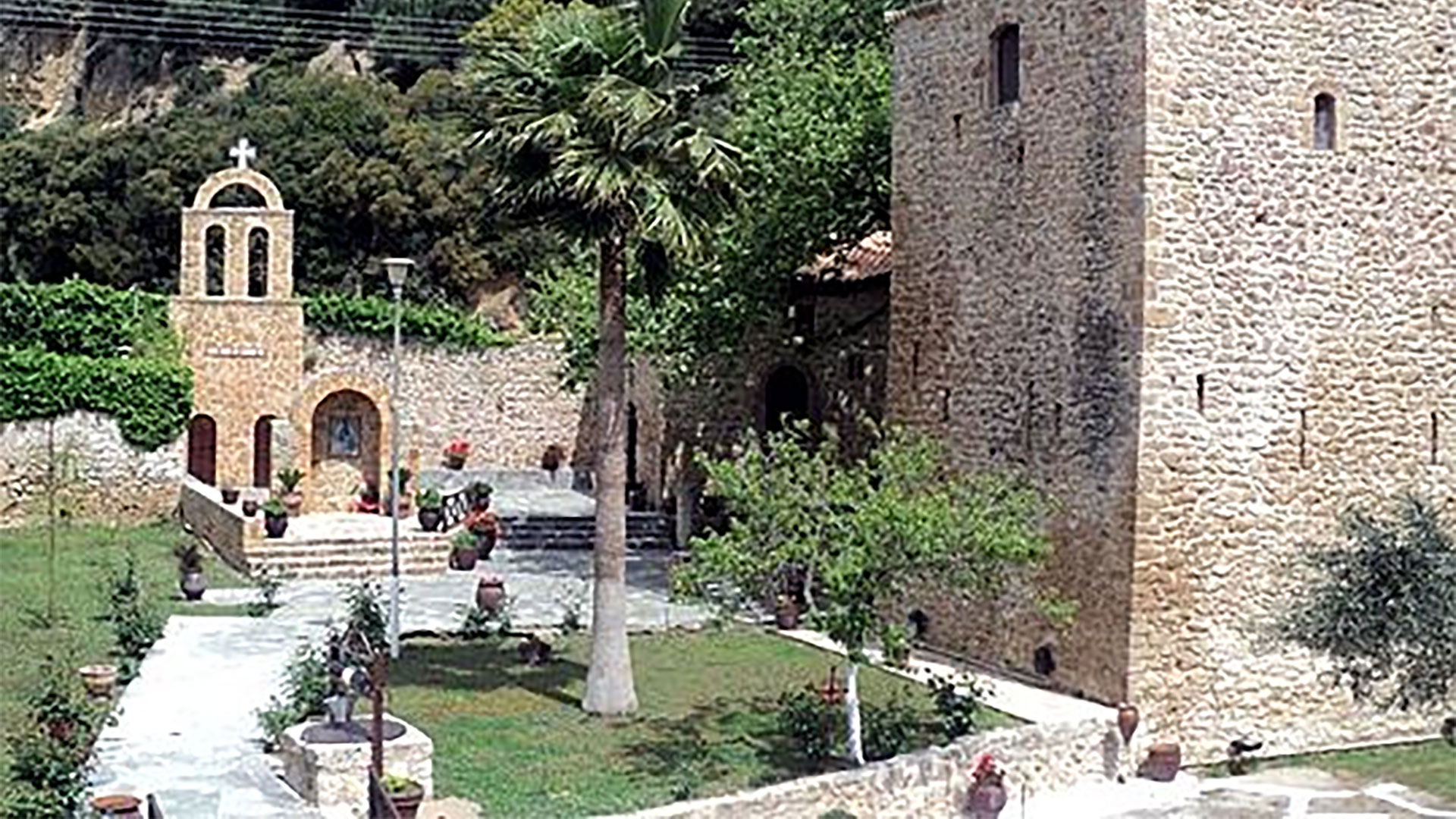
Monastery of Agia Eleousa
Built in the 10th century AD in a deep green gorge, seven kilometers west of Vartholomio, the Monastery of Agia Eleousa has managed to protect itself against the pirate attacks and to be preserved up today. In fact, the pirates looted the monastery once, but the monks and the believers of the area built around it tall walls with crenellations to protect themselves. Nowadays, the monastery is tended by two nuns.
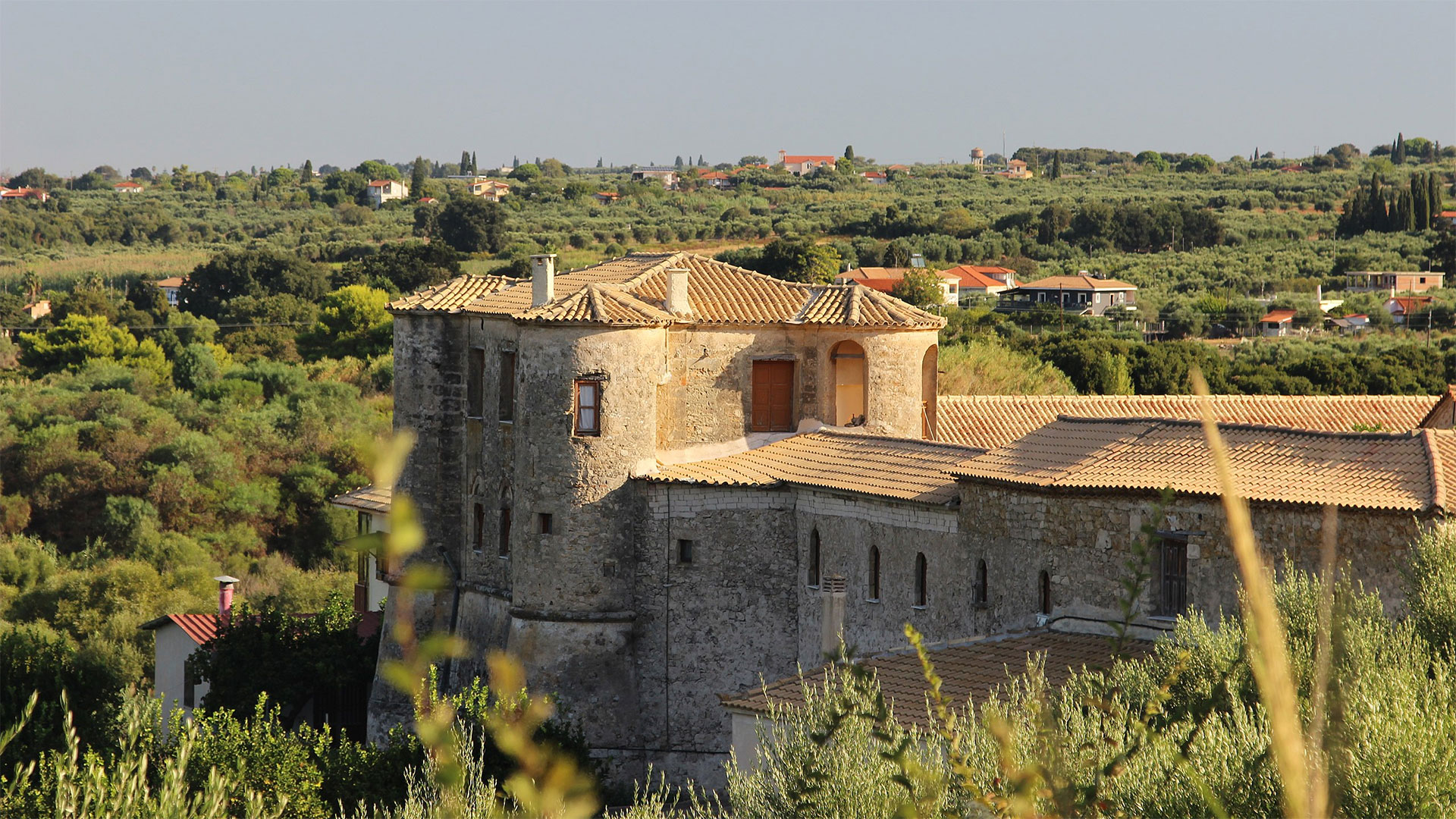
Monastery of Panagia Skafidias
Ten kilometers from Pyrgos, next to the blue waters of the Ionian Sea lies the convent of Panagia Skafidias. It was built in the 10th century AD with an impressive architecture, which will certainly impress the visitors and particularly the medieval fortress encompassing the monastery. The monastery has many treasures such as vestments, sacred vessels, icons and a significant library that includes manuscripts mentioning the monastery's contribution to the Greek revolution.
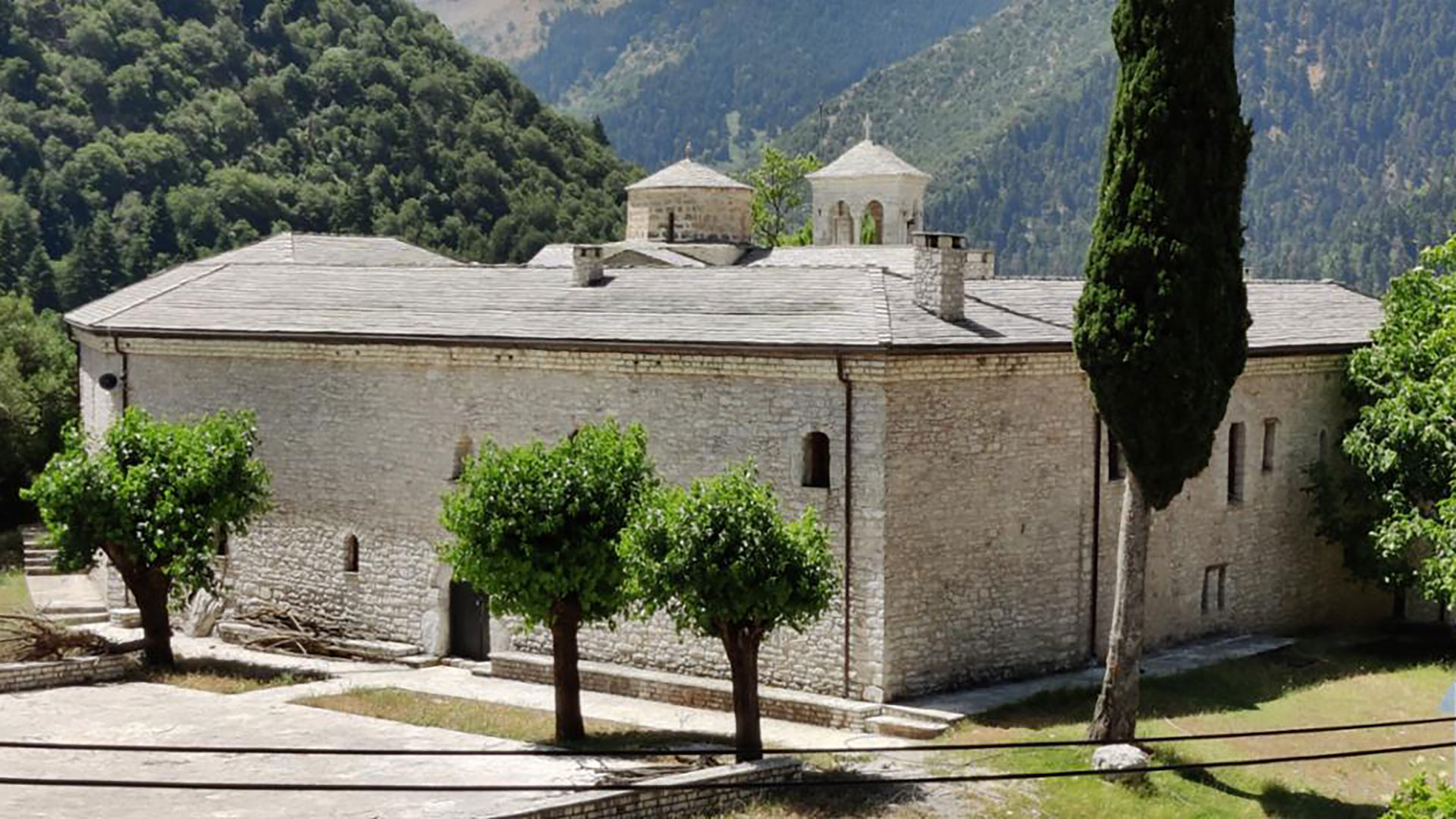
Monastery Poretsou
Fifteen kilometers from Tripotama, at the foothills of Erymanthos lies the monk monastery of Poretsos. It is built at approximately 800m in altitude on a rocky hillock surrounded by trees. There is no exact date of the foundation of the monastery. However, the murals in the main church of the monastery are dated from 1611 and were painted by the monks of Moschos from Nafplion.
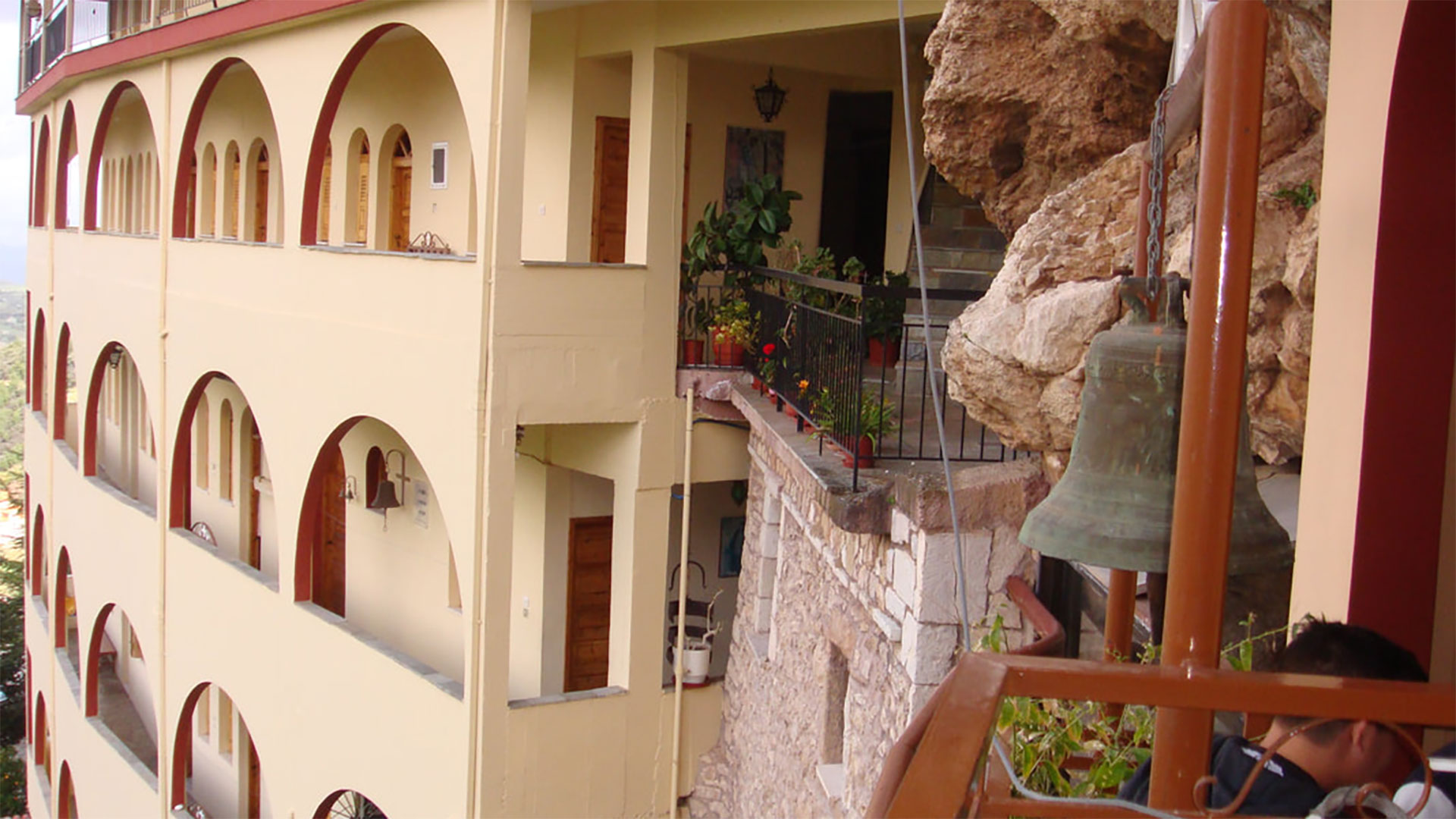
Monastery Sepetou
On the banks of Tritonas River, within woodland and fifteen minutes from Alifira lies the reconstructed monastery of Panagia Sepetou. The monastery dated from 1150-1200 AD was destroyed by a fire in 1915; however, two years later it was rebuilt in its present form. A secret school (Kryfo Scholio) was also located here and fighters of the revolution were housed several times in the monastery. Last but not least, the face from the original icon of Panagia is preserved on new wood as well as other remarkable icons.





EUROPA FAMILY
Olive and Groves Estate
We believe that taste and health can be perfectly combined and our goal is to introduce you to all the wonderful foods that can be found in Greece and through producers in our region.
All our products, which we first test and use, are of high quality, high standards and strengthen the body while respecting the functions of nature.
Our ultimate goal is to provide an alternative and healthier form of nutrition, but also an overall perception of our lives in order to convey optimism and a harmonious coexistence with our environment.
OUR NEWS
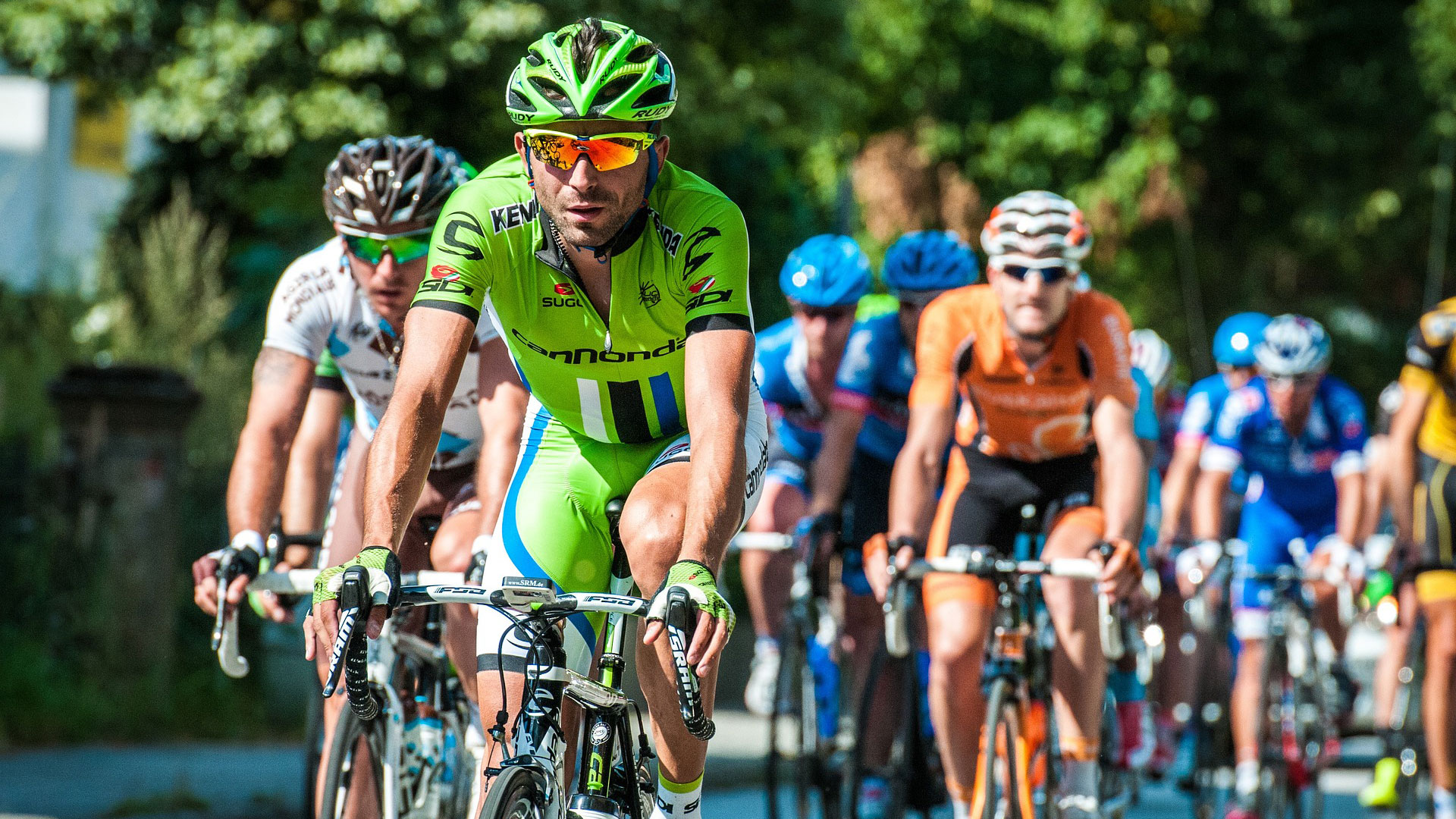
2nd International Cycling Race L’ ΕTAPE GREECE from TOUR DE FRANCE.
Following last year’s inaugural event, the second edition of the L’Étape Greece by Tour de France cycling race will take place on April 6, 2024 in Ancient Olympia, co-organised by EY ZHN Greece and the Western Greece Region.
L’Étape Greece has been expertly designed in accordance with the world-class standards of the Tour de France to recreate the French experience of L’Étape du Tour down to the last detail, while offering plenty of surprises and activities for the whole family, with shorter cycling routes for children.
MORE INFO
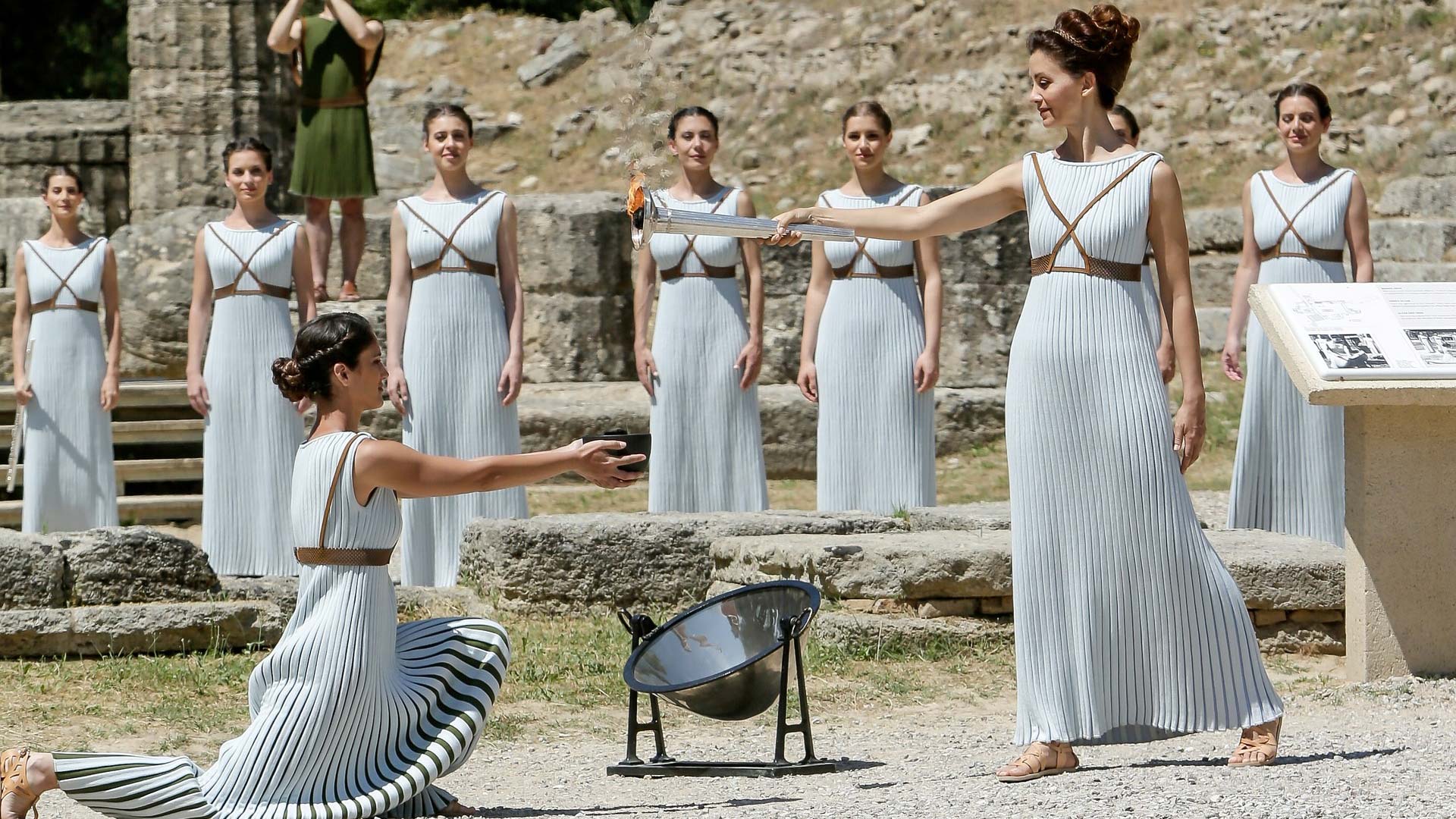
TOUCH OF FLAME ON 16/04/2024
On April 16, 2024, the Touching of the Olympic Flame ceremony for the Olympic Games to be held in Paris will take place. The Olympic Flame will be "born" again in the holy land of Ancient Olympia on April 16, 2024, this time for the "Paris 2024" Olympic Games
VIEW MORE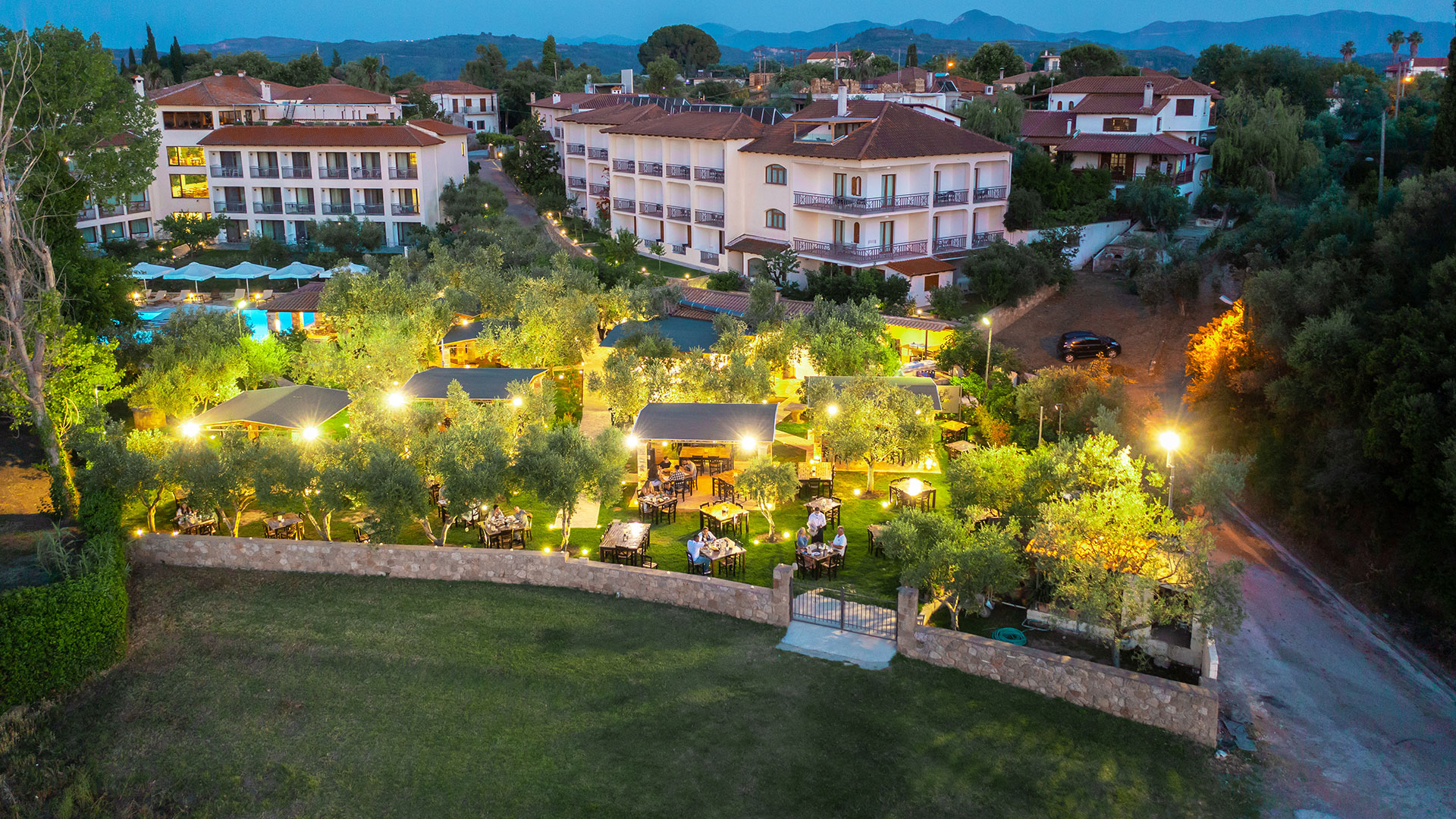
Welcome to our new digital facilities!
Take your time and browse our new website and be the first to know about the new facilities and services of Europa Hotel.
VIEW MORE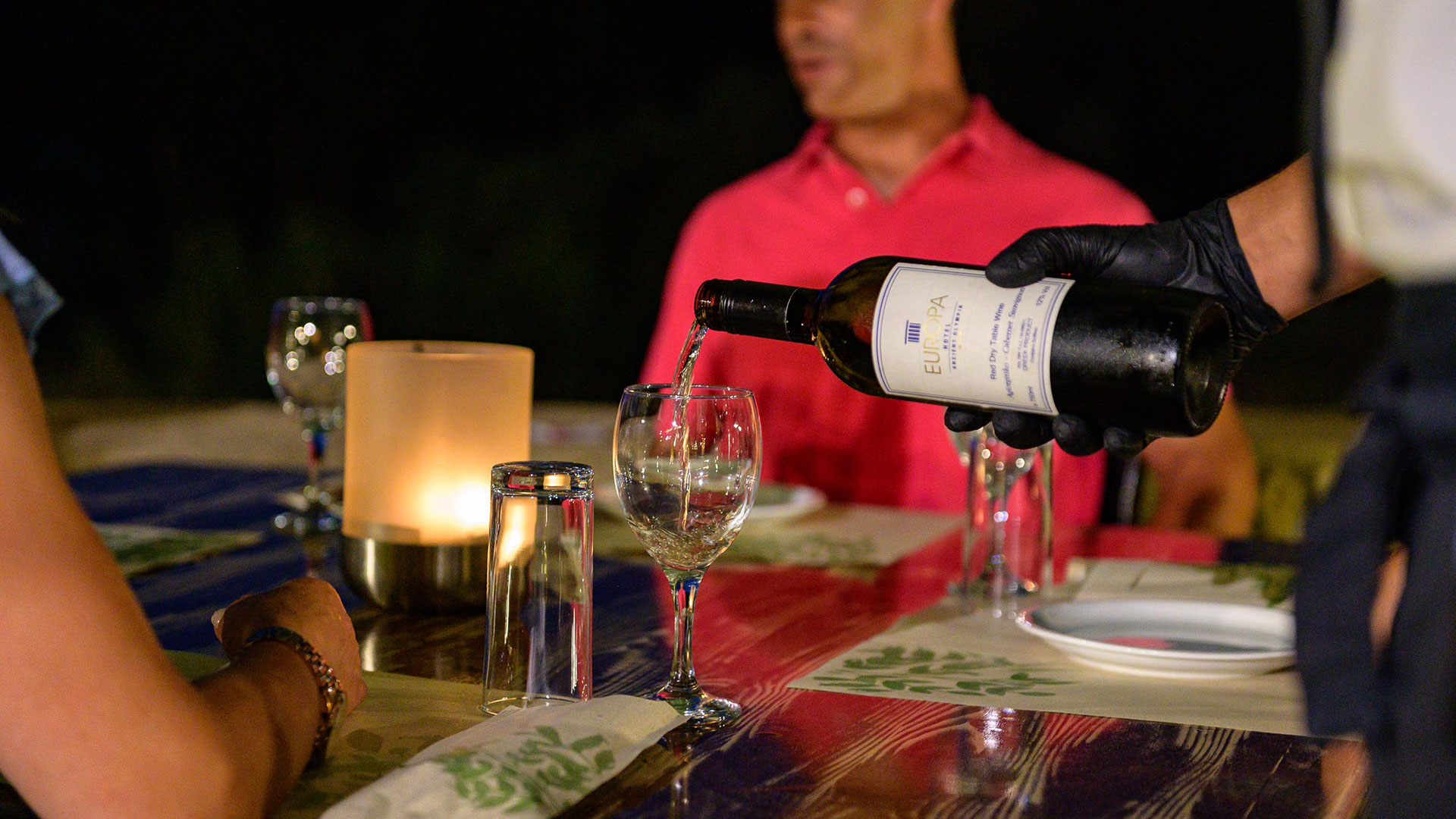
Discover the Magical World of Wine
One of the most important reasons for someone who visits a country is to get to know its lifestyle, traditions and local products. For the visitor who wants to explore Peloponnese, the experience is completed by discovering its invisible beauty of “wine”.
VIEW MORE
Olympia Marathon
The "Olympia Marathon" association is organizing the 6th Olympia Marathon on Sunday, March 27, 2022, in co-organization with the Region of Western Greece and Korivos Amaliadas.
The organization is under the auspices and support of the Municipalities of Ilida, Pyrgos and Ancient Olympia.
OUR REVIEWS
Awards and badges
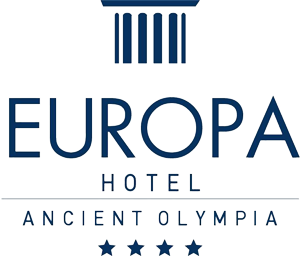
HOTEL EUROPA
Drouva st. 1
27 065 Ancient Olympia
GR-Greece
Phone: +30 26240 22650
e-mail for reservations: [email protected]
SUBSCRIBE TO OUR NEWSLETTER

Web booking Engine and Web Site development powered by Flexibook.
Do you like a similar website for your company? Click Here!
From
per day


Check-in
Check-out
Nights
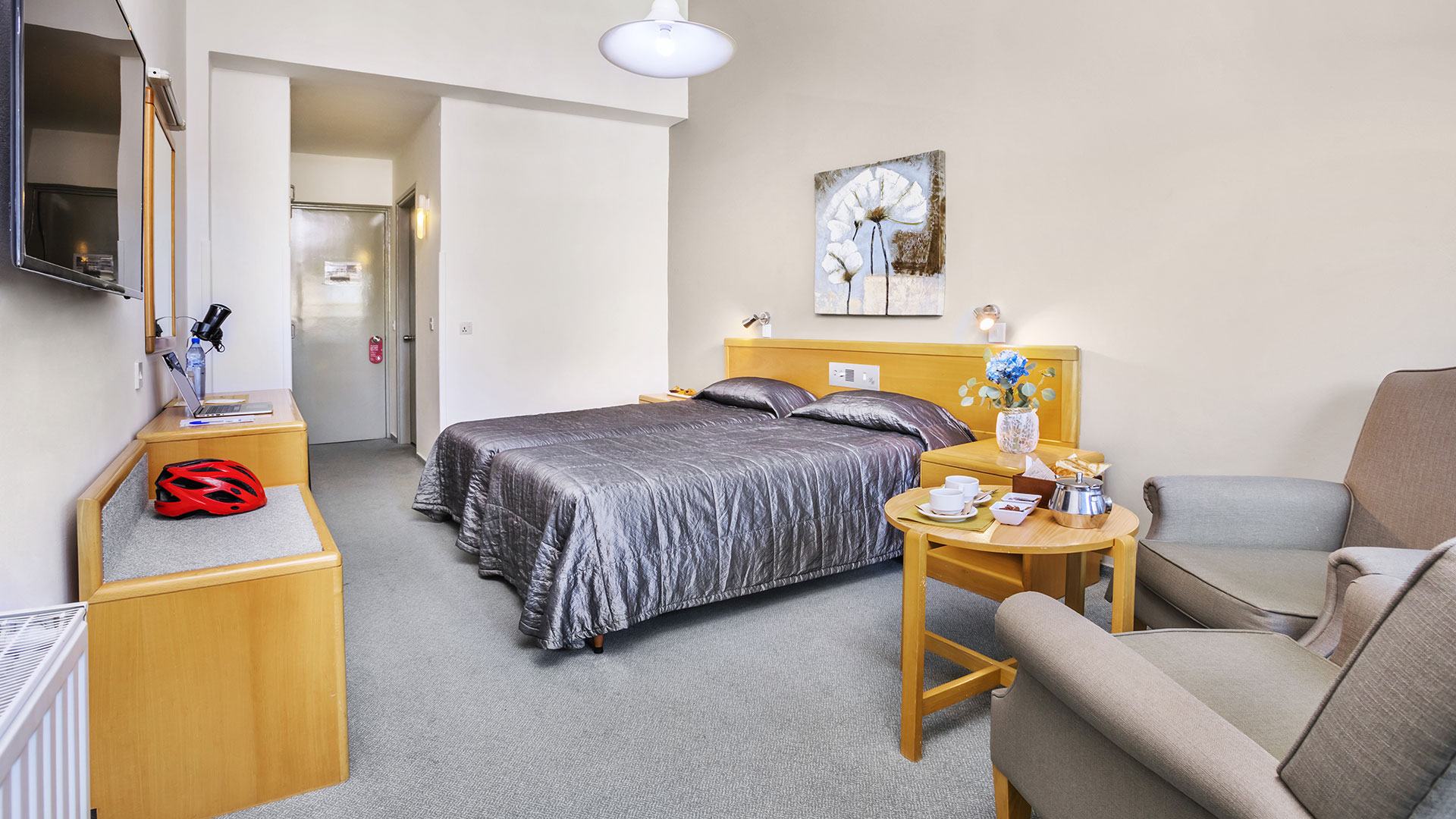
Select a room
Standard Room
Standard Room NR
Classic Room
Classic Room NR
Superior Room
Superior Room NR
Family Classic
Family Classic NR
Superior Family
Superior Family NR
Junior Suite
Junior Suite NR
Moderate Suite
Moderate Suite NR
Superior Suite
Superior Suite NR
Executive Suite
Executive Suite NR
Standard Apartment
Standard Apartment NR
Superior Apartment
Superior Apartment NR
 Official Website Official Website |
|
|
|
€ 200 |
|
|
€ 200 |
|
|
€ 200 |
Reasons why book direct

Best price guarantee

Upgrades and privileges

Save Money
An unforgettable experience, a wonderful stay!!! Grigorios, DE





Source: 
Rich and healthy breakfast, impeccable staff, who satisfied all the wishes of the guests with smile and courtesy, excellent training of reception staff, who also gave us further information to move comfortably in the archaeological area and the wider area. They all took care of us and treated us with excess care and respect!! We will remember them with love!!
Very good solid four star hotel close to Olympia, Sally, US





Source: 
Very friendly and helpful staff. Excellent location for Olympia. Clean and comfortable rooms, well appointed with nice products. Beautiful pool area with pool bar. Excellent breakfast Stunning views.
Nicely located hotel with good facilities and very friendly staff, Alison, NL





Source: 
Excellent base for visiting Olympia. Very friendly and helpful staff with lots of information about the area. A very rich breakfast buffet. Beautiful location with stunning views, large swimming pool, sun beds and pool bar. Restaurant in very atmospheric olive grove with beautiful views, good food and friendly service. At check-out we got a game of homemade marmalade, very thoughtful gesture.
Powered by




